
If you're new to working out with weights at the gym and want to get the most out of your workouts, we've got you covered. From what to pack in your gym bag to must-do exercises, here is the list of essentials.
As a certified fitness instructor and the digital health editor at woman&home, I'm very at home at the gym. I go three times per week myself now, having spent the last year training for several running events on cardio equipment and focusing on strength training for women.
While strength training at home has its benefits, going to the gym can offer more equipment, help when you need it, and a sense of community. This is what you need to know to get the most from your experience.
Wear comfortable clothes
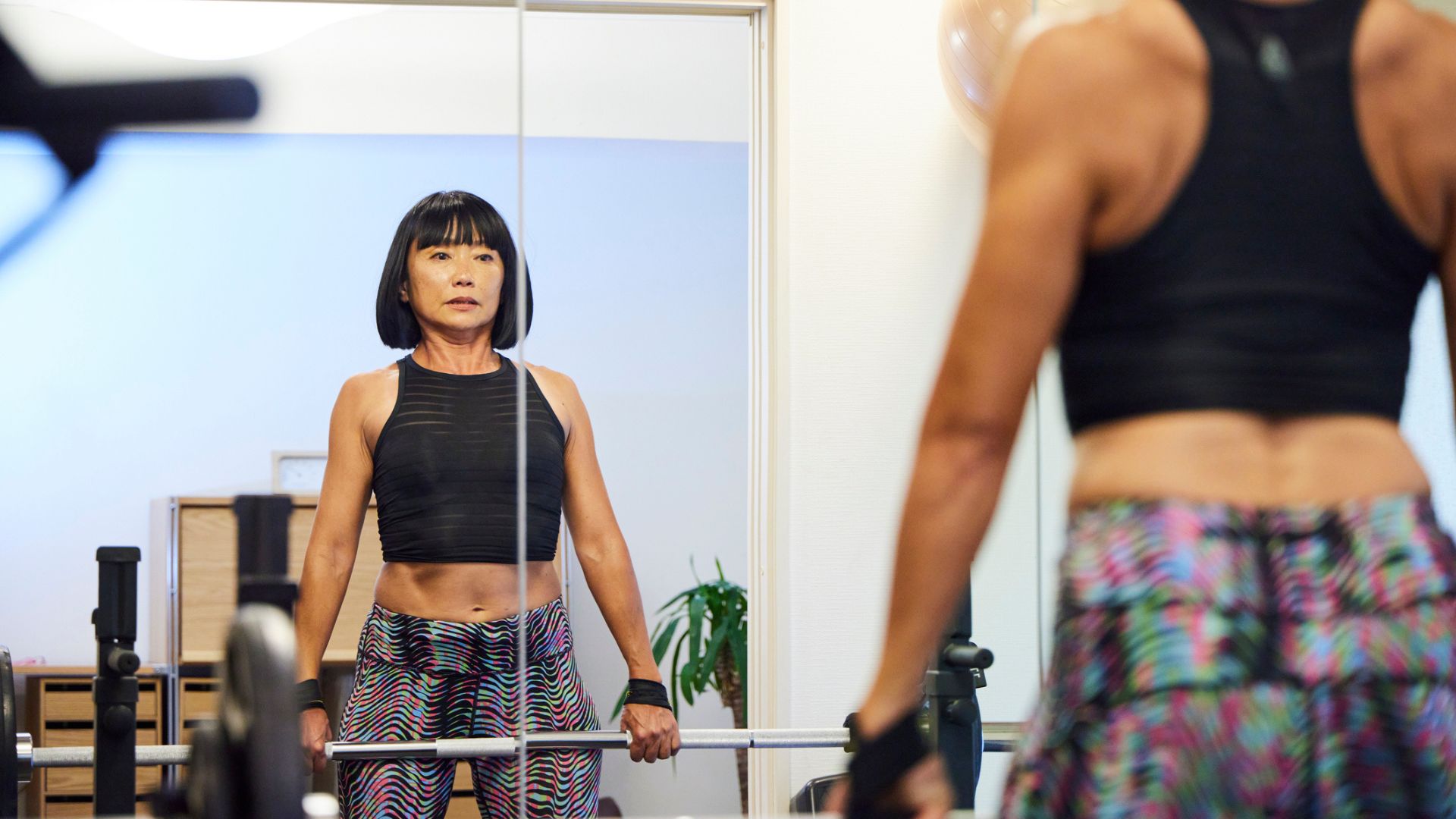
The most important thing when going to the gym is that you feel comfortable. So, if an old t-shirt and your best workout leggings are what makes you feel good, comfortable, and able to work out then that's better than a fully coordinated workout wardrobe.
Equally, if a complete matching set is going to give you the confidence to get your workout done, that's the way to go.
Looking for inspiration? Here are our favourite black gym leggings...
Sweaty Betty's famous sculpting Power leggings tick all the boxes: they're lightweight, smooth, supportive, high-waisted and have three pockets. Not to mention, they're super flattering.
Another strong choice, the AYBL Balance V2 Seamless leggings come with an ultra-high ribbed waistband which helps to maintain comfort and flexibility while staying close to the stomach for support and shaping.
Made from buttery soft materials for a second-skin-like feel, the lululemon Align High-Rise Pants are best suited to low-impact workouts like yoga, strength training, and Pilates. They're a little pricier than other options, but well worth the investment if you plan to go to the gym often.
Sign up to a local gym

Before even stepping through the door of a gym, you'll need to find one in your local area that works for you. While it might be tempting to opt for gyms that look great with state-of-the-art facilities, if you're new to the gym and unsure of whether it's going to work in your routine, it's best to stay local. You're more likely to go if it's accessible and close to home.
Sign up to a gym that's within your budget

If you're new to going to the gym and unsure if it's going to work with your routine, make sure you join a gym where the membership fees are comfortably within your budget. Should you have any unexpected bills or payments, the gym membership is going to be the first thing to go if it's too expensive and you need to make some cuts.
Take a tour of your gym before joining
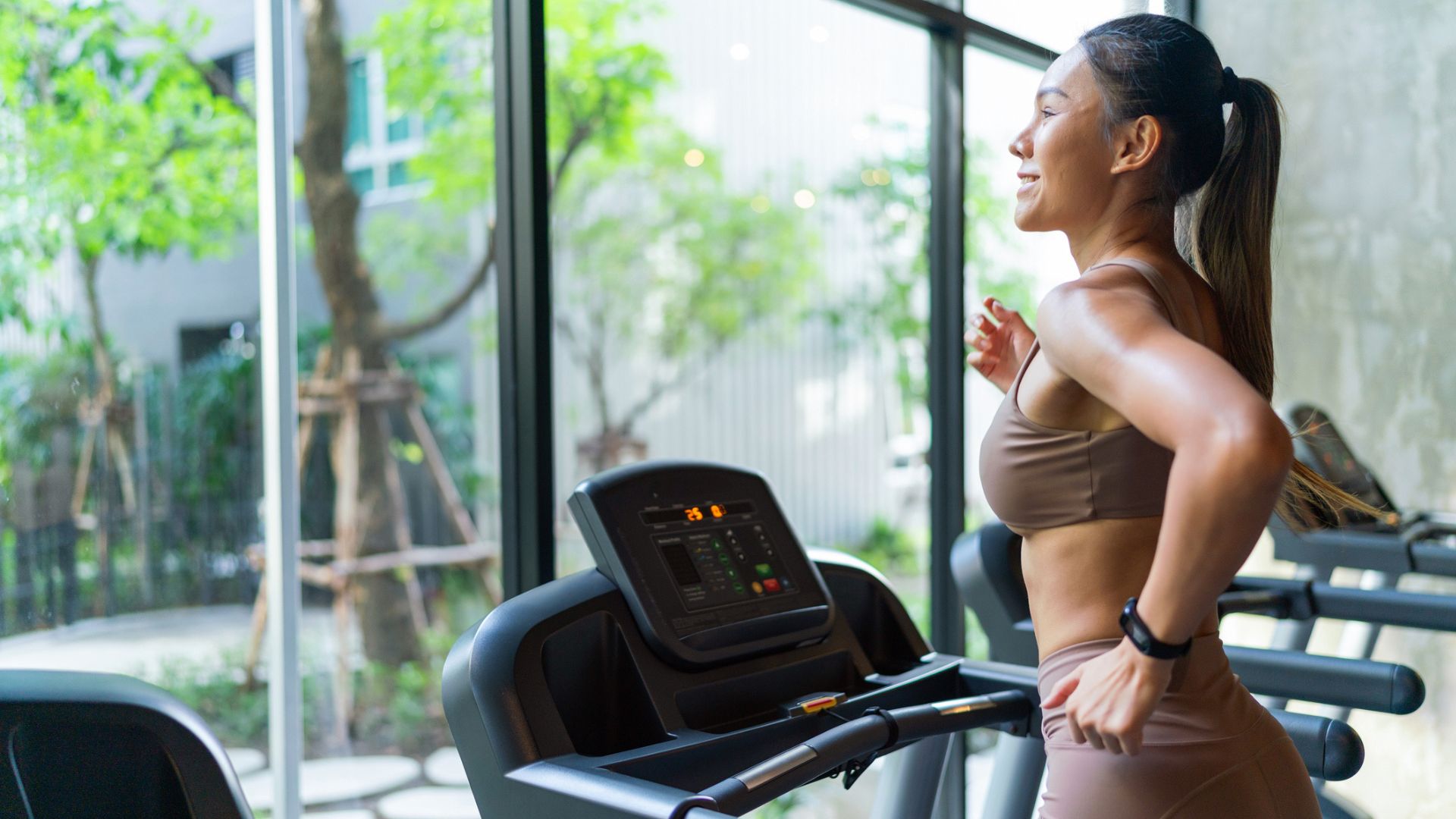
Before signing on the dotted line, email or call ahead and book in a tour. This will give you a lay of the land before you join. You'll be able to see what facilities they have, which ones they don't, the changing rooms, speak to the staff, see other clientele working out, and just generally assess the 'vibe' of the space.
See the gym at peak hours
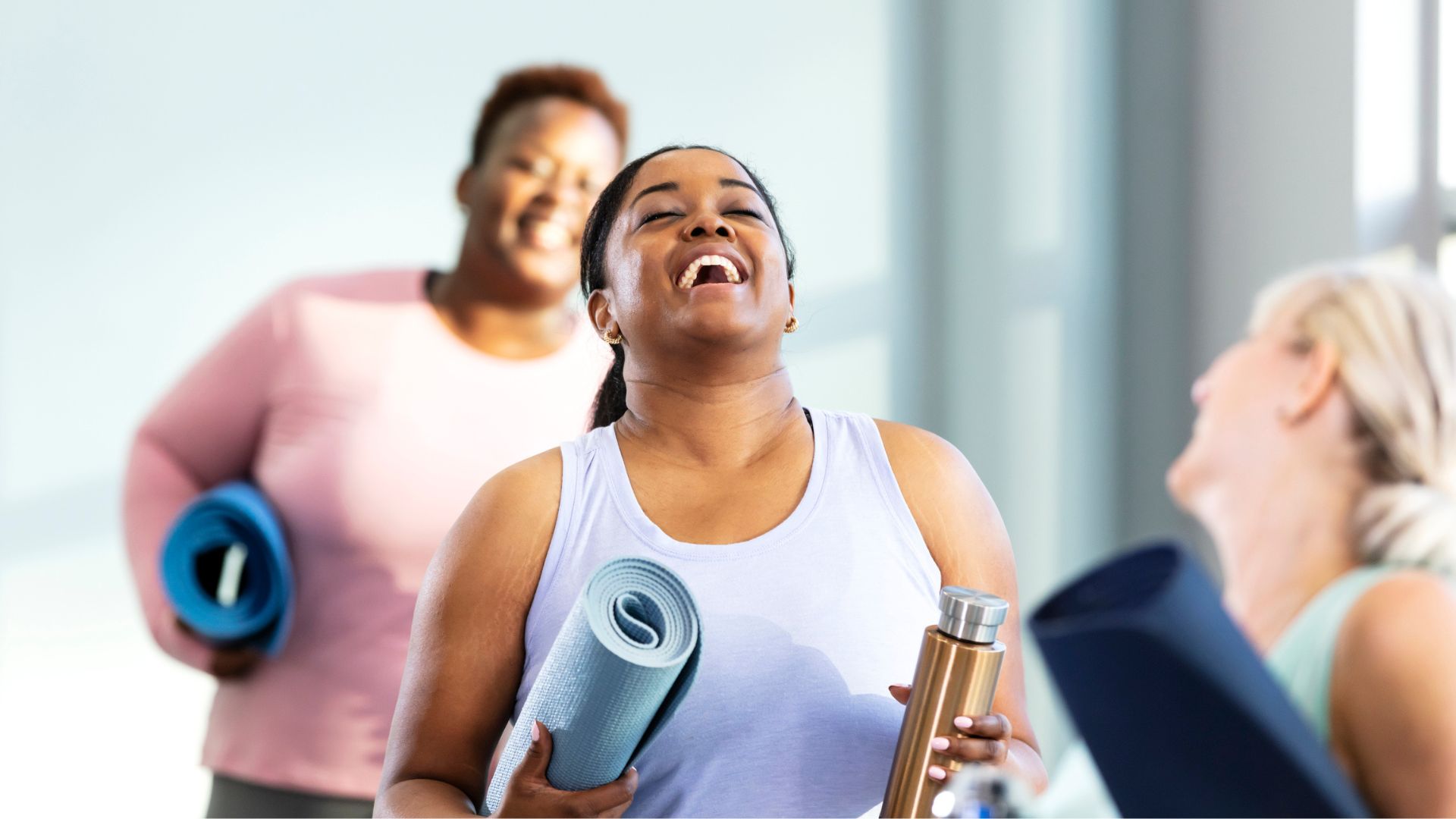
If you're planning to go to the gym during peak hours (7-9am and 5-8pm), make sure you take a look at what those sessions look like before joining the gym. You'll be able to see how busy it gets, whether you'll have to wait for equipment or be able to use it straight away and see the attitude of other gym-goers during busier periods.
Book in a personal training session
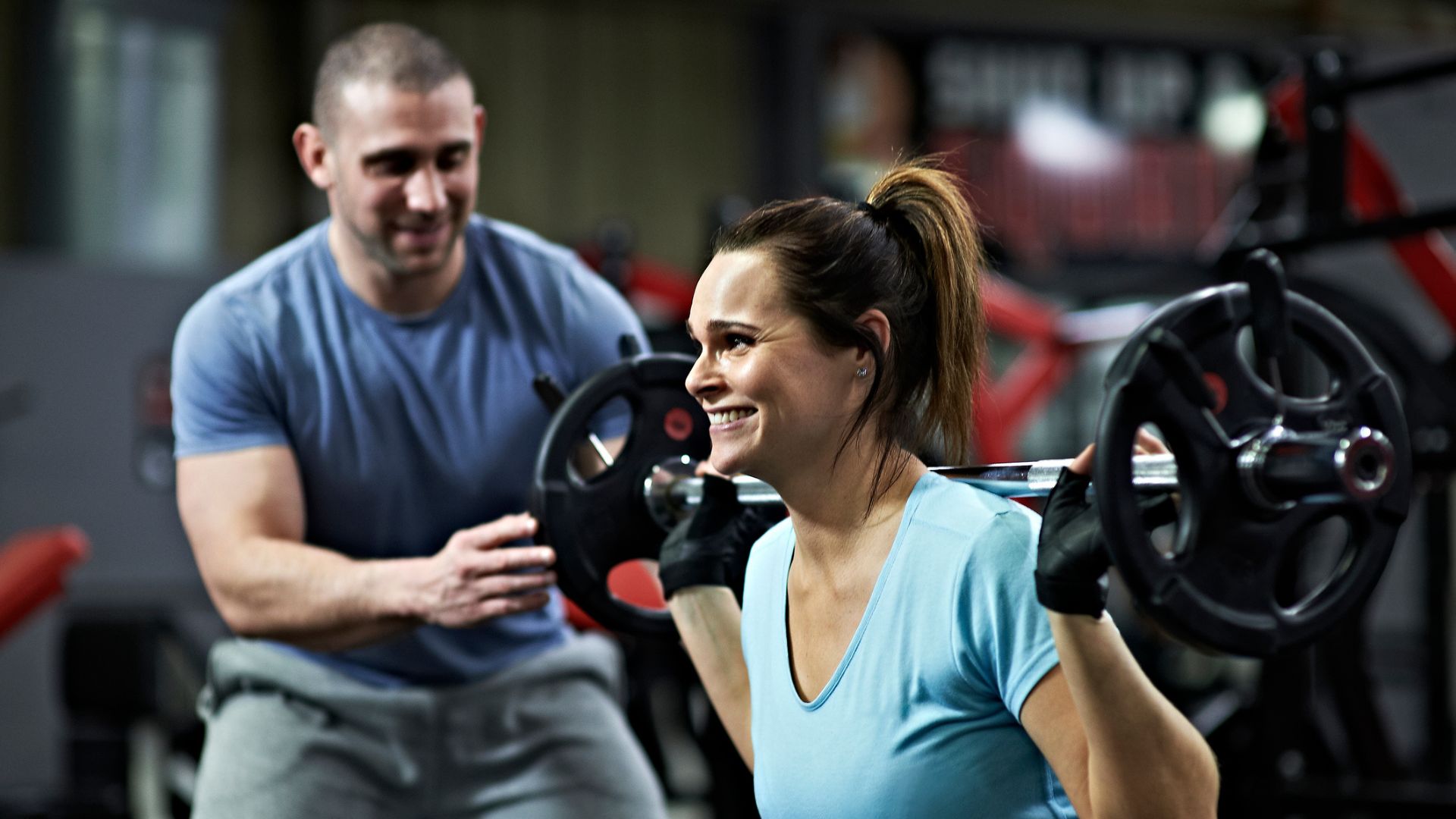
Whether you're new to the gym generally or just new to your gym right now, it's worth taking advantage of any personal training sessions. Most gyms will offer one or two free sessions with a fitness instructor or personal trainer to new clients when they agree to a membership.
These sessions help you use all the gym equipment effectively and safely, and the trainer can make corrections to your form and suggest exercises if needed.
Wear flat shoes for strength training
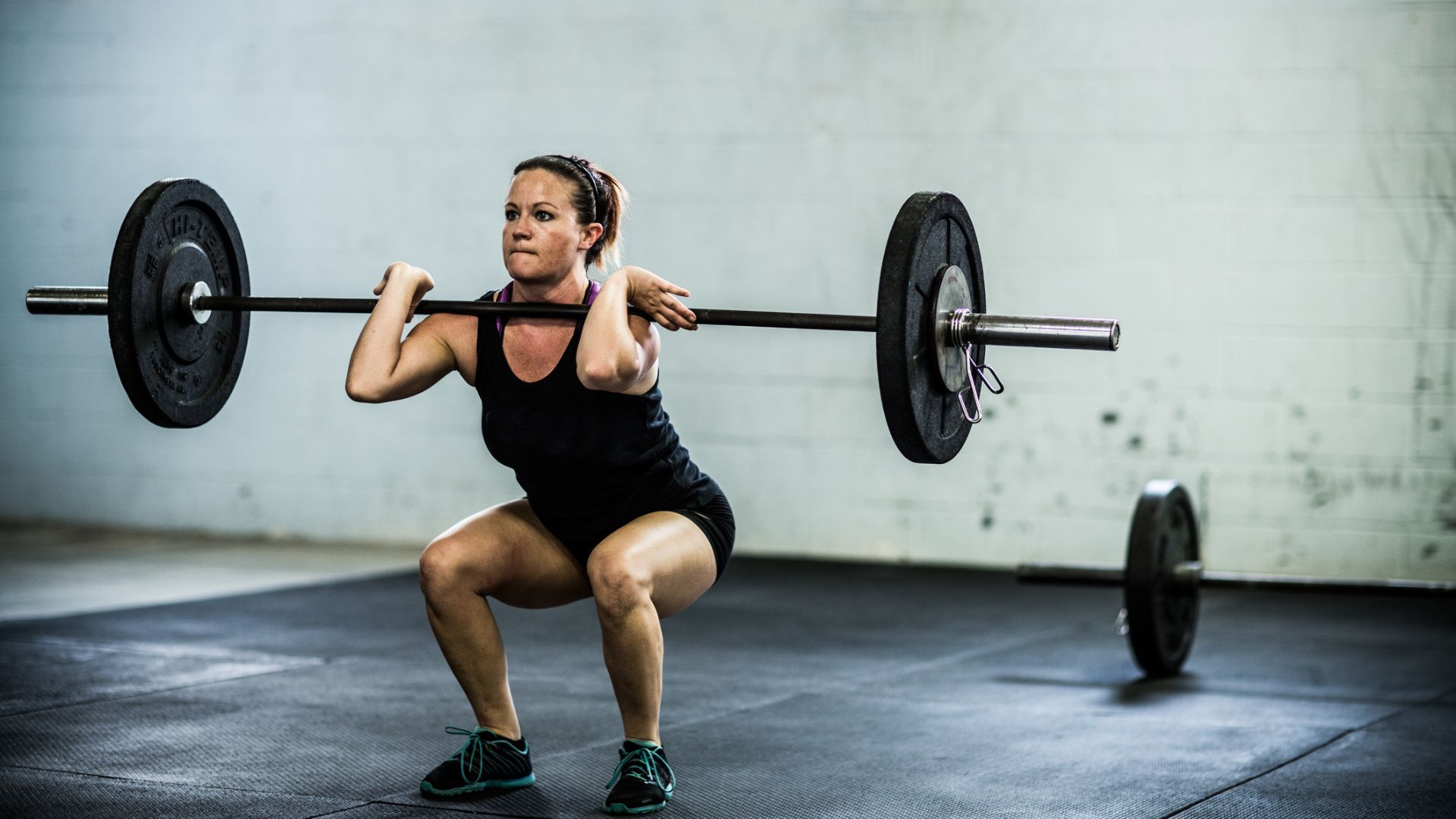
If strength training or weightlifting is your workout of choice, opt for shoes with a flatter sole and a wider toe box. Compared to running shoes, for example, which often have a cushioned heel to them, shoes with this construction will enable you to distribute your body weight equally between your feet, balance, and spread your toes as needed during leg exercises.
Make up a gym bag
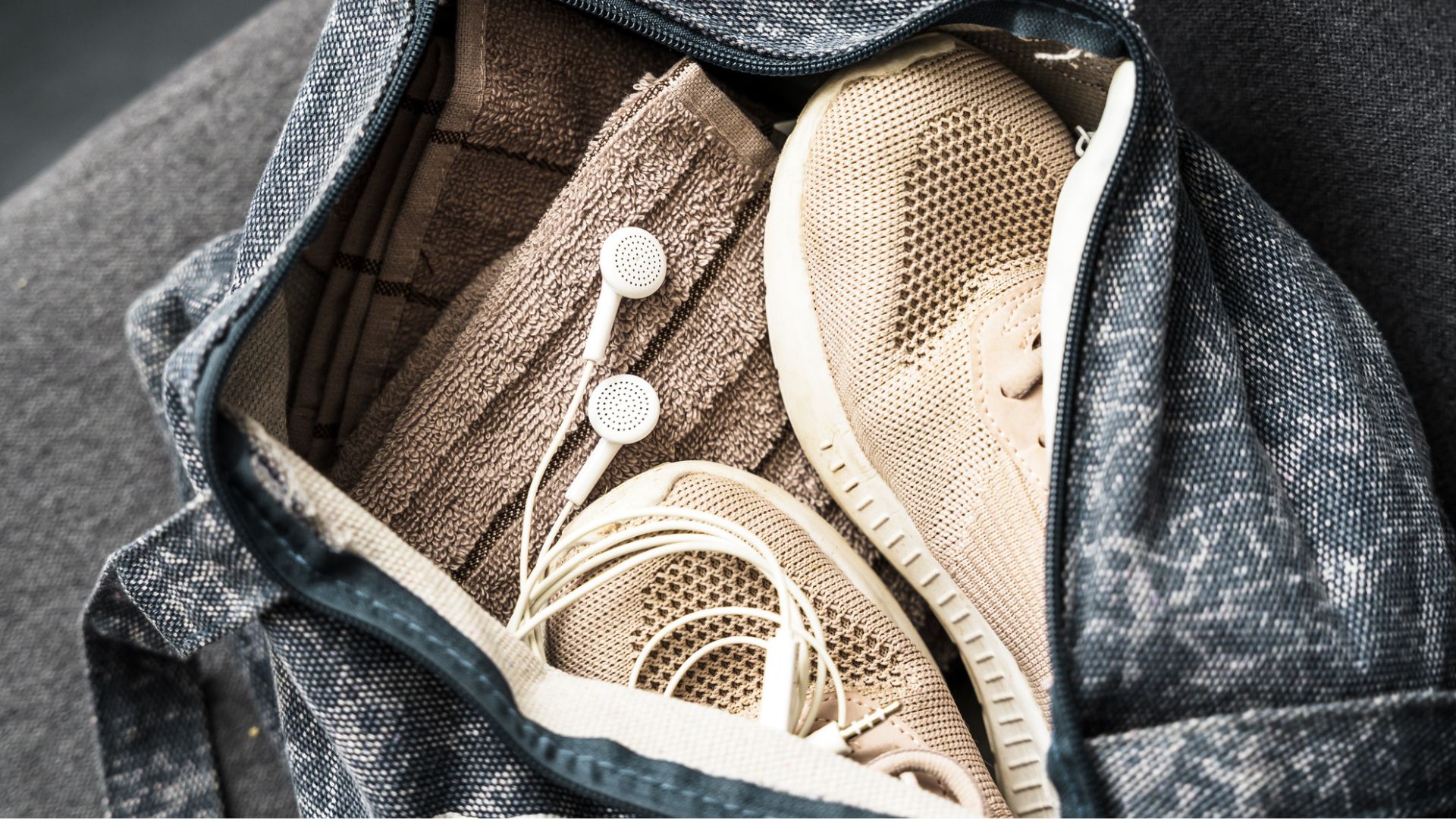
To make your life easier, have a bag that exclusively holds what you regularly need when going to the gym. This will make it easier to grab and go in the mornings or after work.
I keep a water bottle, spare socks, headphones, a pair of running shoes for the treadmill, lifting straps, and an energy gel in my gym bag.
Don't be worried about asking for help
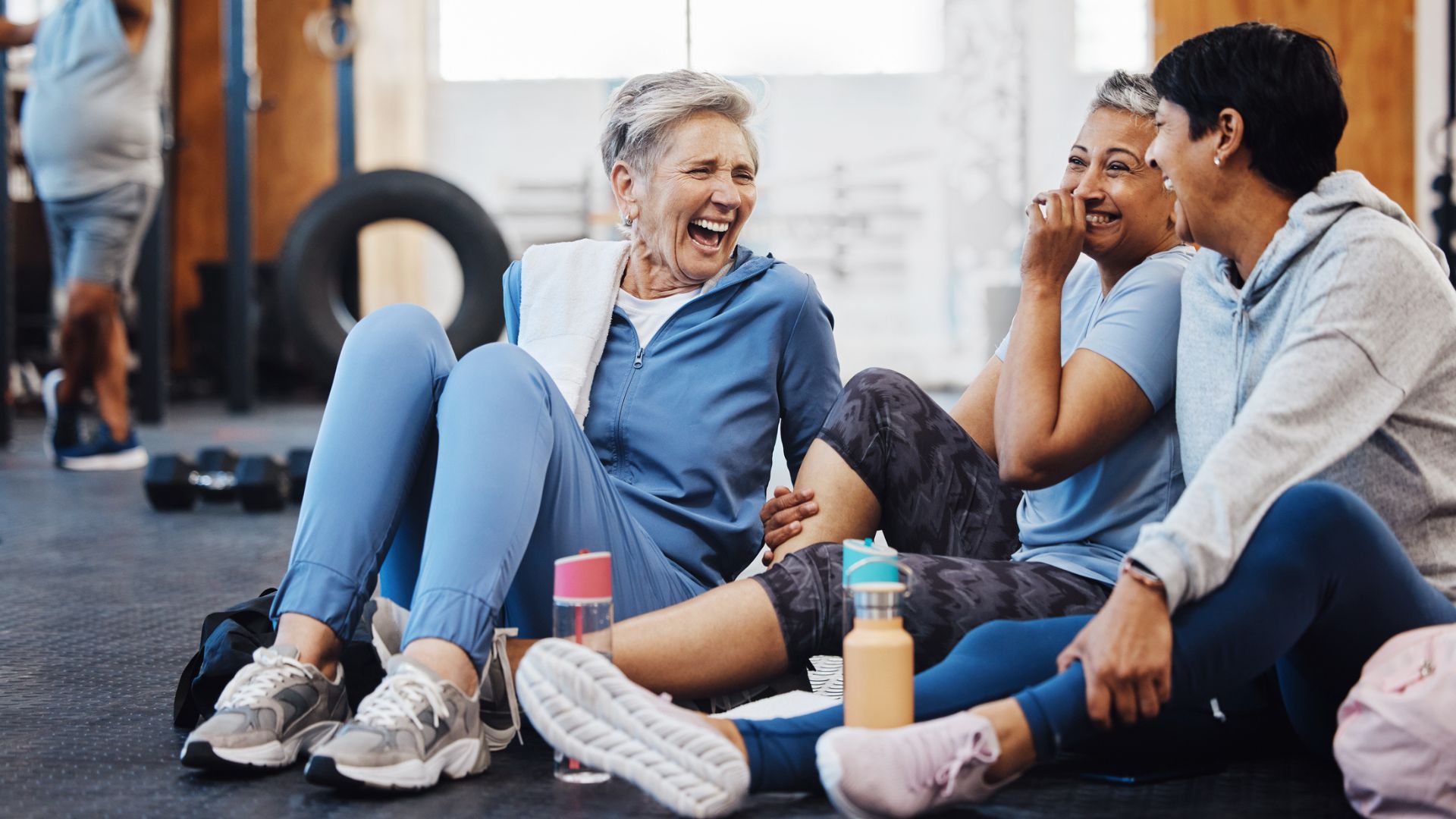
Even those who've been going to the gym for decades need a little help sometimes when it comes to using unfamiliar equipment or completing new exercises, so don't be worried about asking personal trainers floating around the gym floor or behind the desk for help if you need it.
It could be anything from adjusting a machine properly to advice on your form - they'll likely be very happy to help.
Warm up before your workout
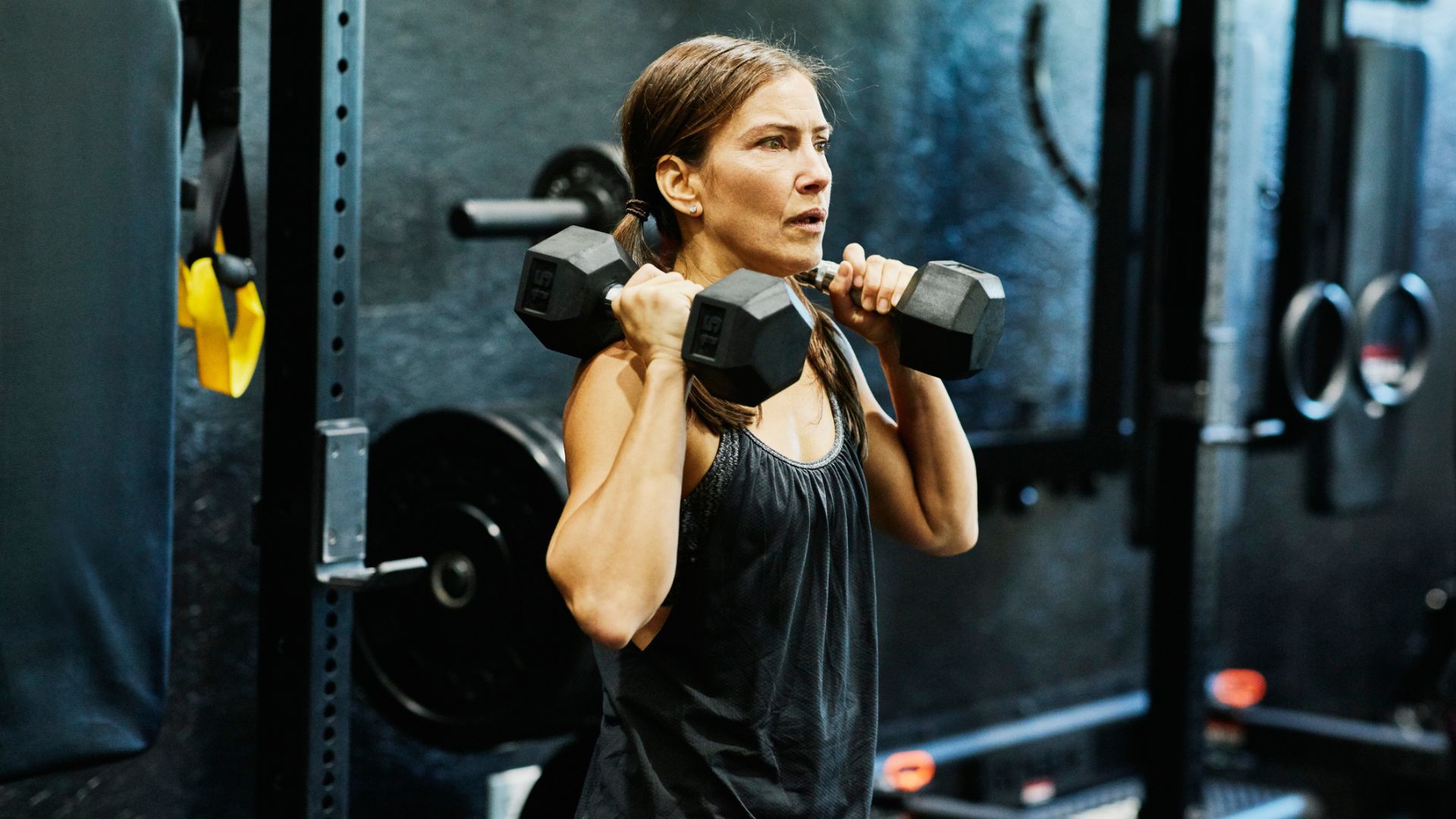
From our earliest P.E. lessons we've been told to stretch and warm up before a workout but it's still something that many people forget when they get into the gym. Find a suitable mat space with plenty of room around you and focus on warming up and stretching out the muscles across your entire body - even if you just intend to work out a particular set of muscles that day.
Cool down after your workout
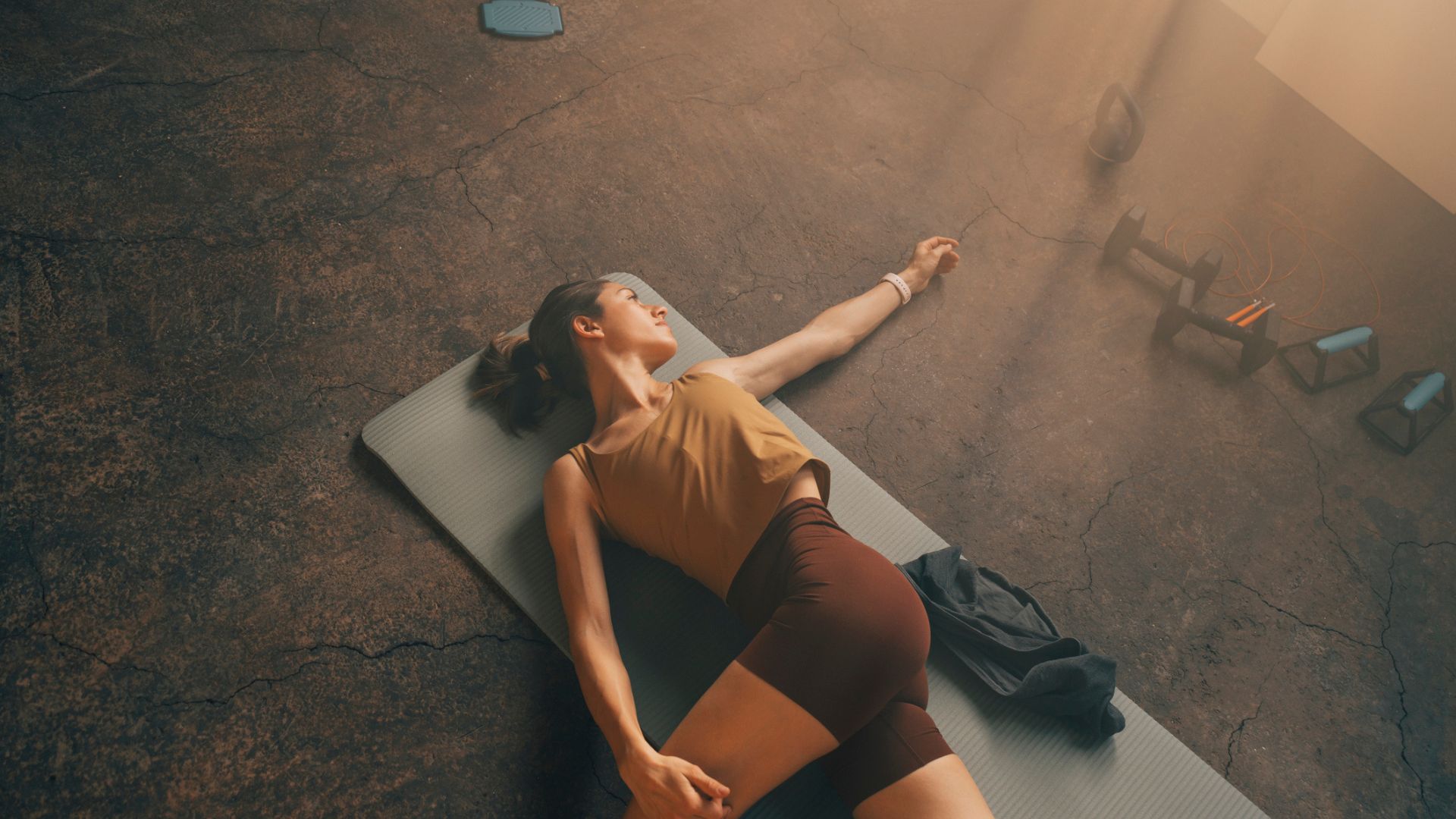
Whether it's the excitement of getting the workout done or a lack of suitable space, a cool down is something many people leave out of their workouts. Yet, it's one of the key ways to avoid injury. Cooling down after a workout gives your body a chance to return slowly to its normal working state. Stopping exercise too quickly can lead to uncomfortable muscle soreness and blood pooling around the legs.
A cool-down should take about 10 minutes in total.
Incorporate some cardio into your strength training
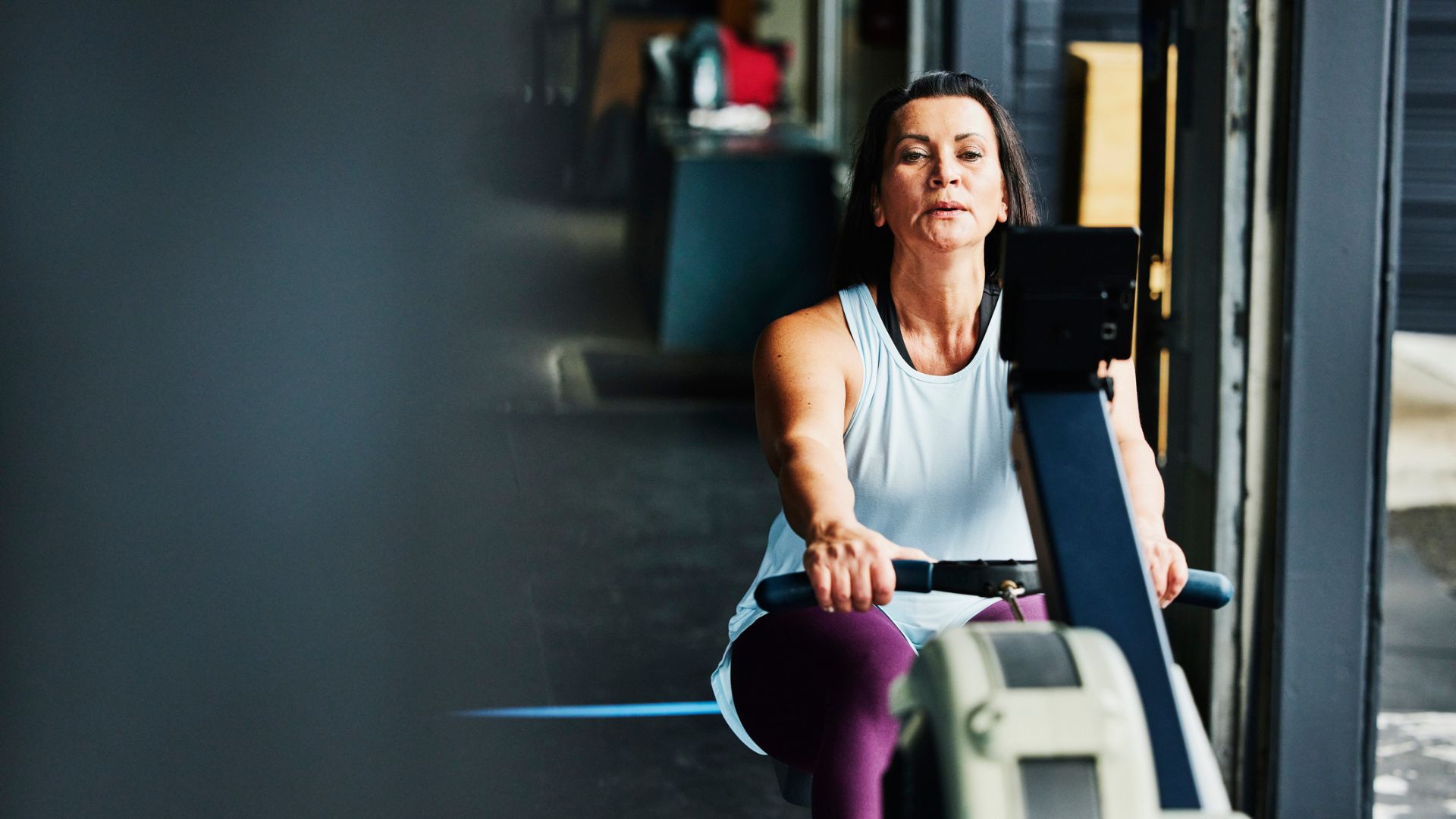
The best gym sessions include a combination of strength training and cardio exercise - especially if you don't have a specific strength-related goal in mind. While many people struggle to enjoy both resistance training and cardio exercise, having a mixture of both in your routine can help you simultaneously improve your muscle and bone mass, increase your strength, maintain a healthy weight, and improve your cardiovascular health. All of these are essential for a healthy body in the years to come.
Have a plan
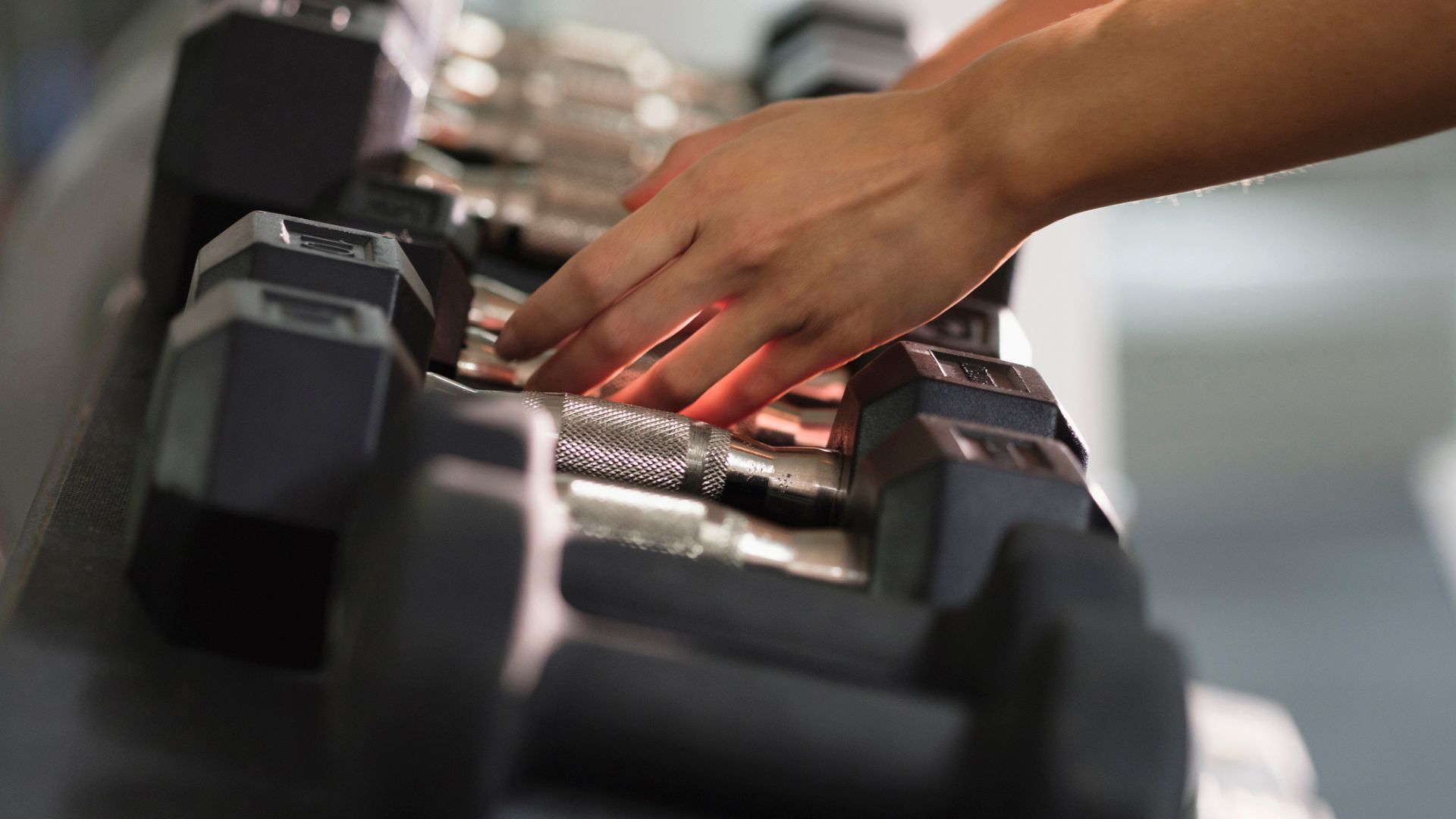
When you step into the gym, you should already know what you're doing that day - even if it's just a loose plan of what muscles you're going to target or what your goal is by the end of the session.
Not having a plan isn't just demotivating, potentially leaving you feeling lacklustre and lacking purpose during your workout, but it's unlikely to be an effective way to work towards long-term goals - especially if you lack a plan every time you step through the gym door.
Stick to your workout plan
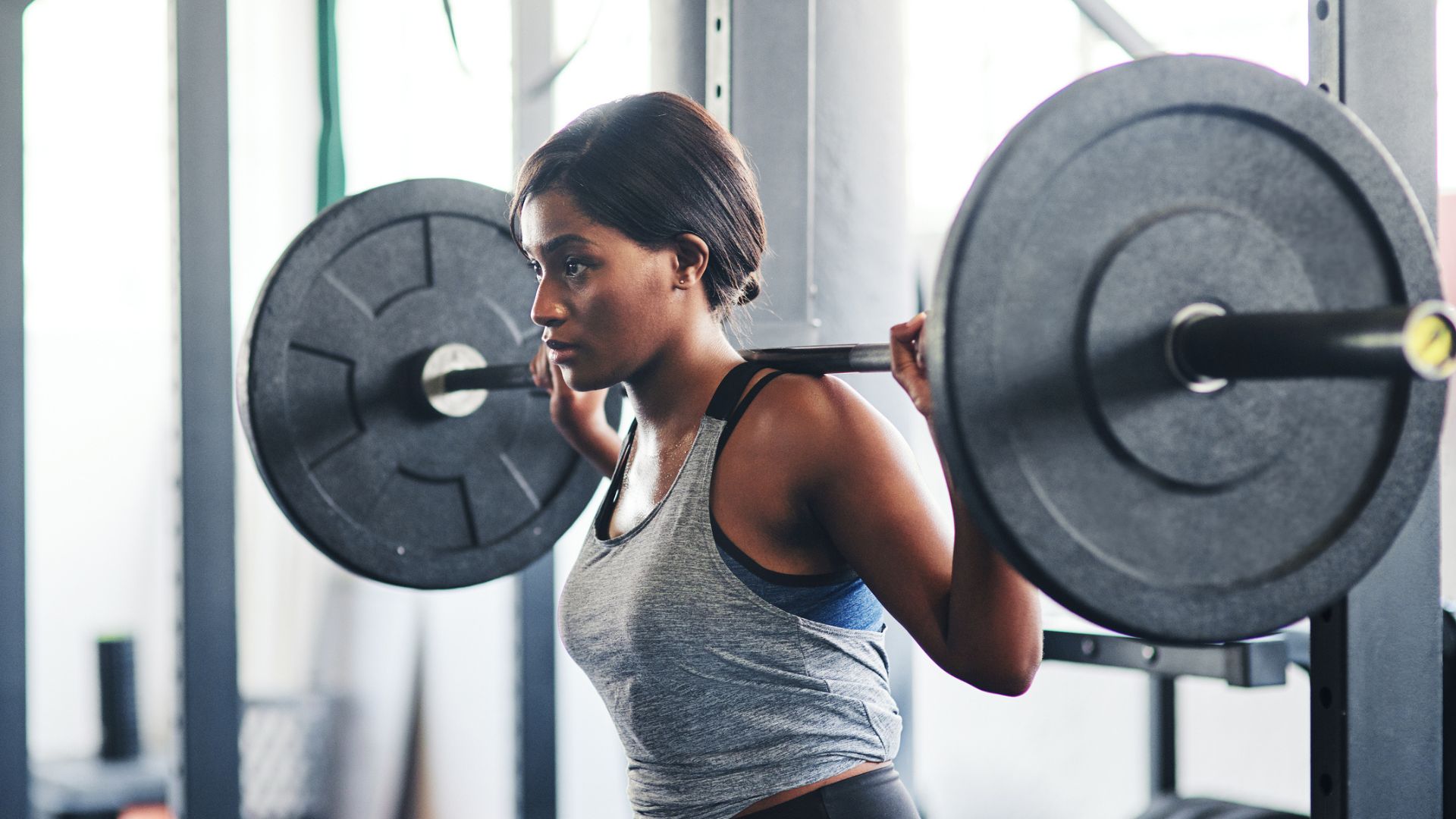
One gym mistake many people make is switching out their workout plan too early. To get the most from your plan and stand a chance of achieving the plan's goal, you need to stay consistent with it for at least six weeks. After six to eight weeks of consistency, you should begin to see some positive changes in your fitness, body composition, strength, balance, and other improvement metrics.
Go to the gym every week
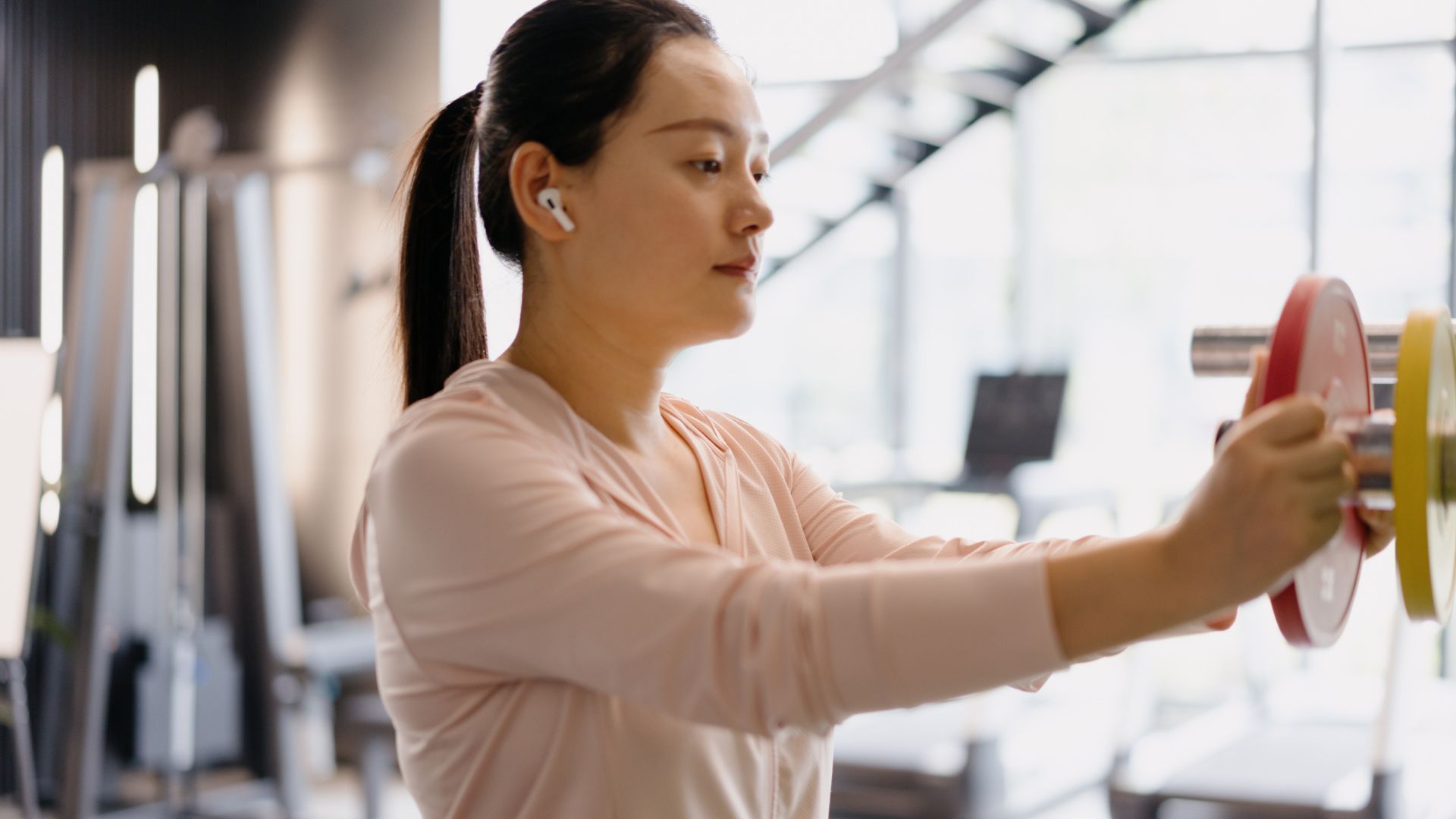
How often you should lift weights depends on the person - but if you can, it's best to go to the gym two to three times a week. This should give your body enough opportunity to work through the exercises and become fatigued - which is needed to break muscle fibres - while also allowing plenty of rest time, which is when the muscles repair and rebuild stronger.
However, researchers have found little difference between going to the gym once and twice a week if you're looking to lose weight. Research published in the Obesity Journal looked at participants who went to the gym once a week and those who went twice, finding little difference in weight loss between the two groups. This is likely because weight loss is influenced heavily by regularly daily movement and diet, rather than exercise.
Eat before you workout
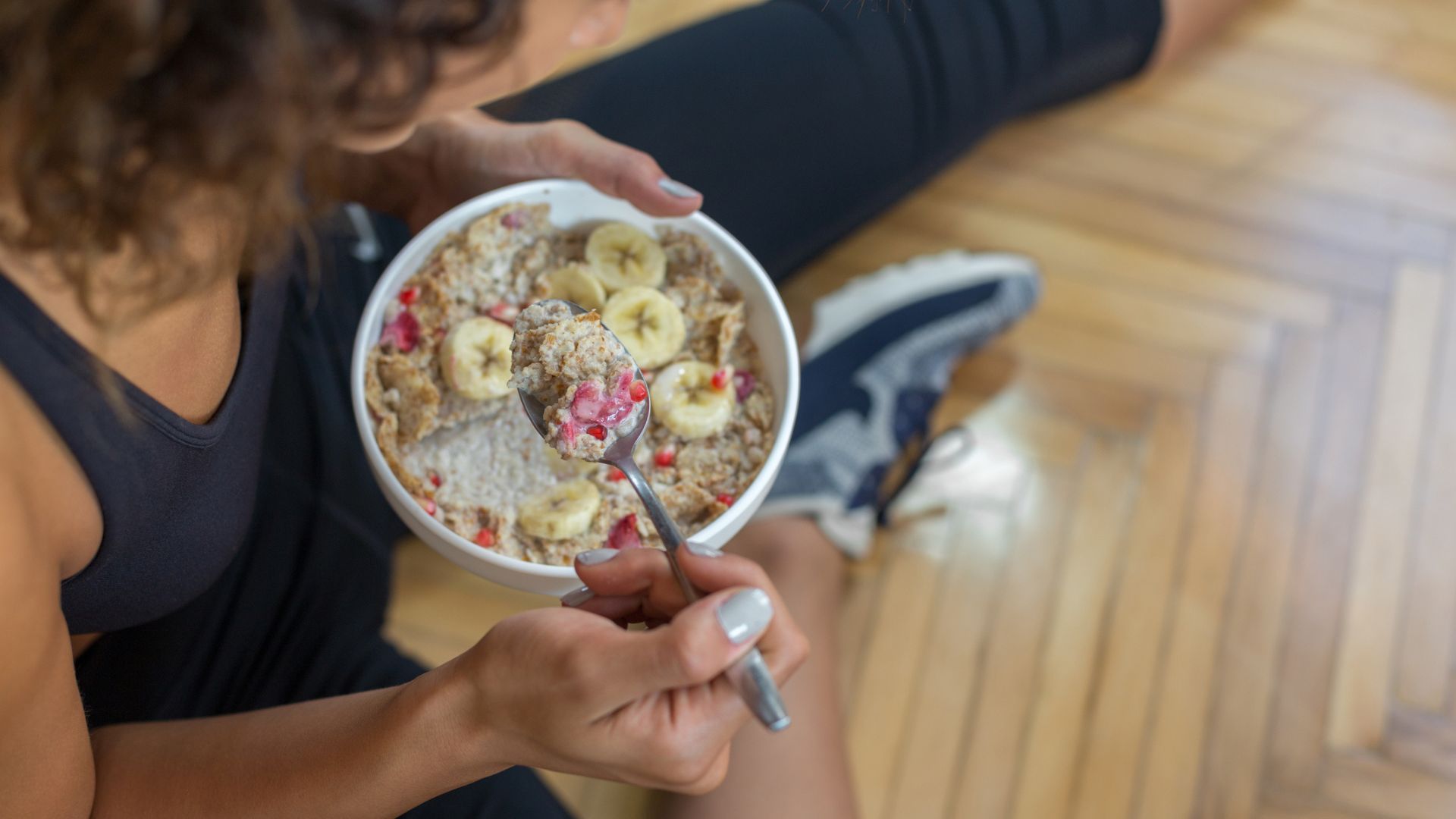
Always eat before your workout, whether you're exercising early in the morning, post-lunchtime or in the evenings. This will ensure you have the energy to do the workout without getting too tired or risking injury.
While the idea of 'fasted' workouts have become popular in recent years, the majority of the research on these has been done on men. Research conducted on women suggests that we benefit from 'fed' (i.e. eating) before exercise due to hormone differences.
If you can't stomach the idea of eating before an early morning workout, stick to carbohydrate-heavy foods that are quick to digest - such as a banana with peanut butter and a milky coffee. These are among the best foods to eat before a workout.
Have a snack in your bag
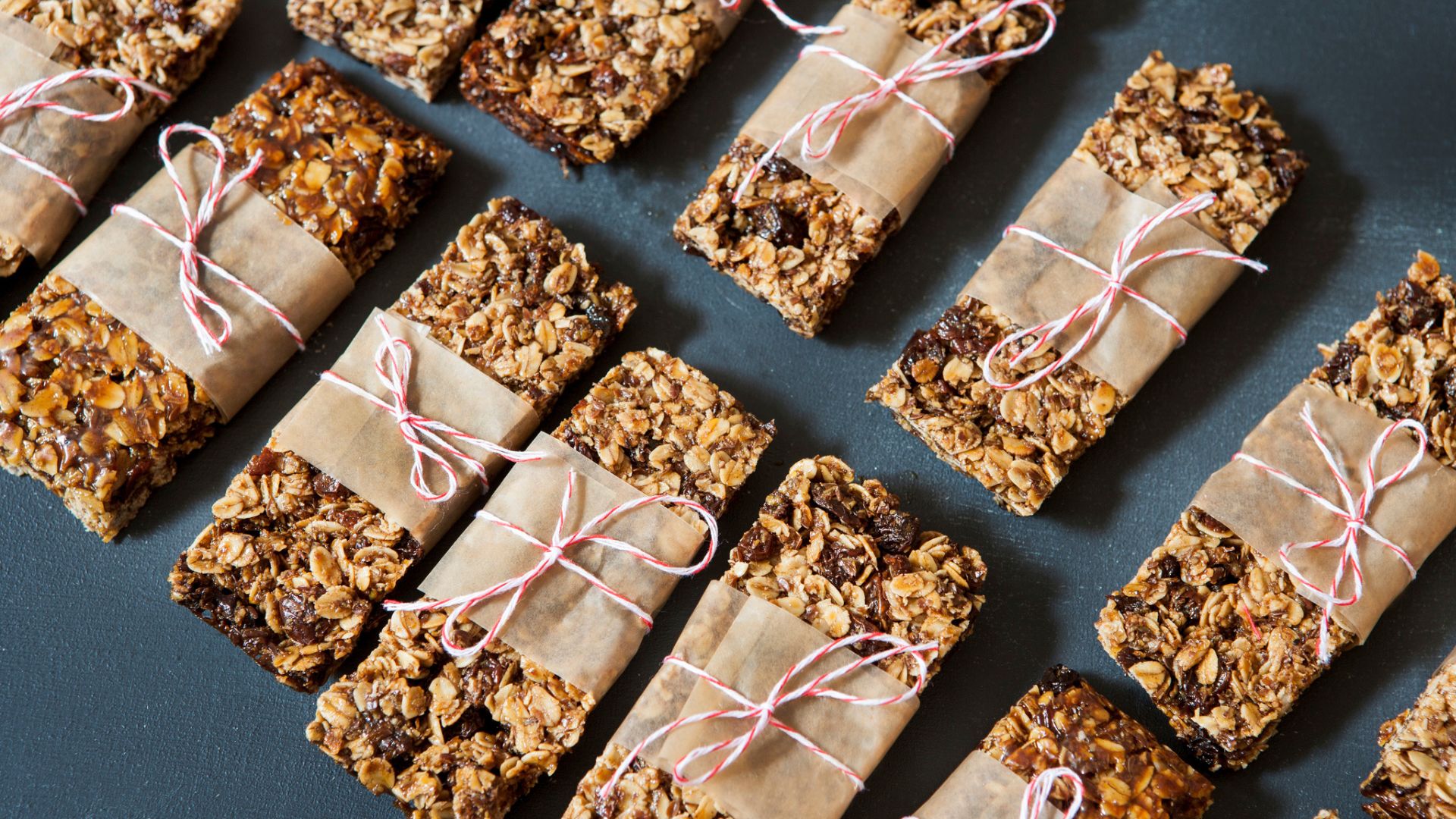
It's a good idea to keep a carbohydrate and protein-rich snack in your gym bag for when your workout is done. You may not need it after your next session but eventually you'll push yourself more than usual during your workout and benefit from having a snack in your bag to quickly replenish your energy levels.
A granola bar, protein bar, or biscuit-based snack is a good idea. These keep well when the packets are sealed, so you can keep them in your gym bag until you need it.
Choose the order of your workouts wisely
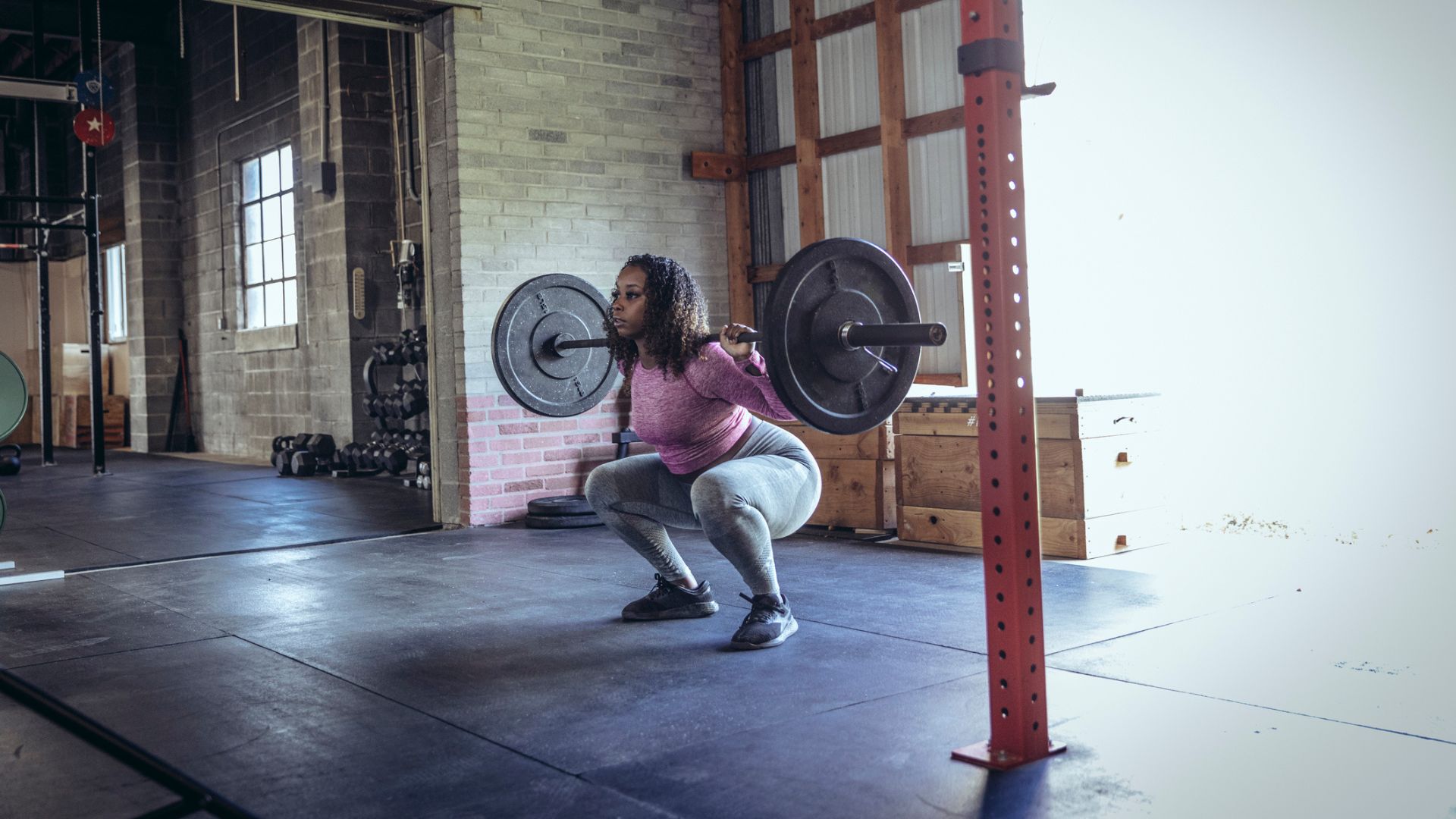
Strength training or cardio first? It's the eternal question for those who do both at the gym. Fortunately, there's one clear answer: prioritise the one that's more important to you.
For example, if you're looking to improve your cardiovascular fitness with a running program then do your run first on the treadmill before taking to the weights. If you're looking to build muscle, get stronger, or weight training is more important to you, start with this.
Schedule your workouts like meetings
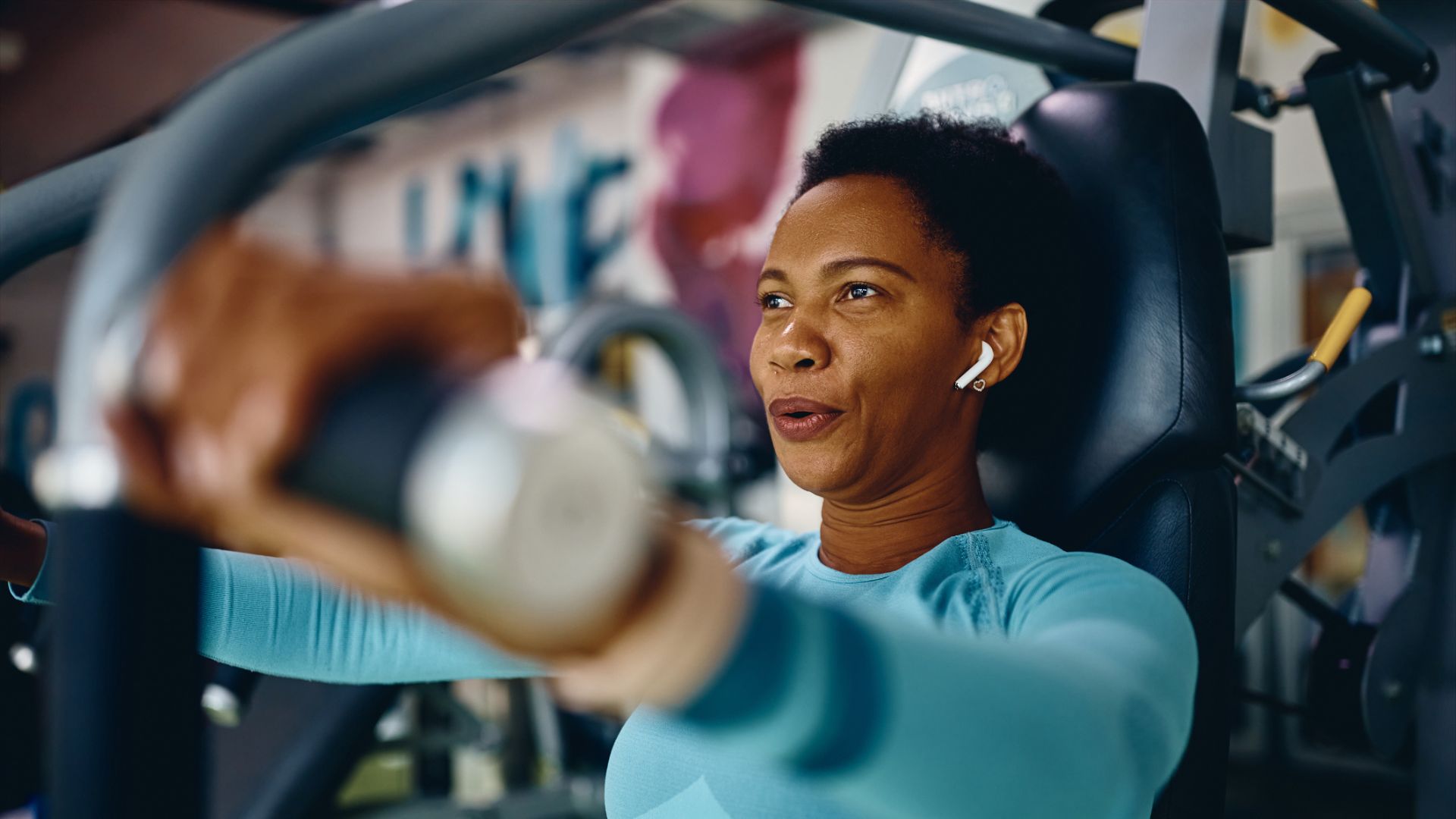
If you have an issue with consistency and getting to the gym regularly, schedule your workouts like you would a meeting or other appointment. Just like you wouldn't miss a meeting with your colleagues if it's in your calendar, you wouldn't miss a workout if it's scheduled right alongside it.
It also gives you the chance to schedule your workouts in advance, allowing plenty of time to make arrangements for child or pet care and tell anyone who needs to know where you're going to be.
Do no more than 21 sets
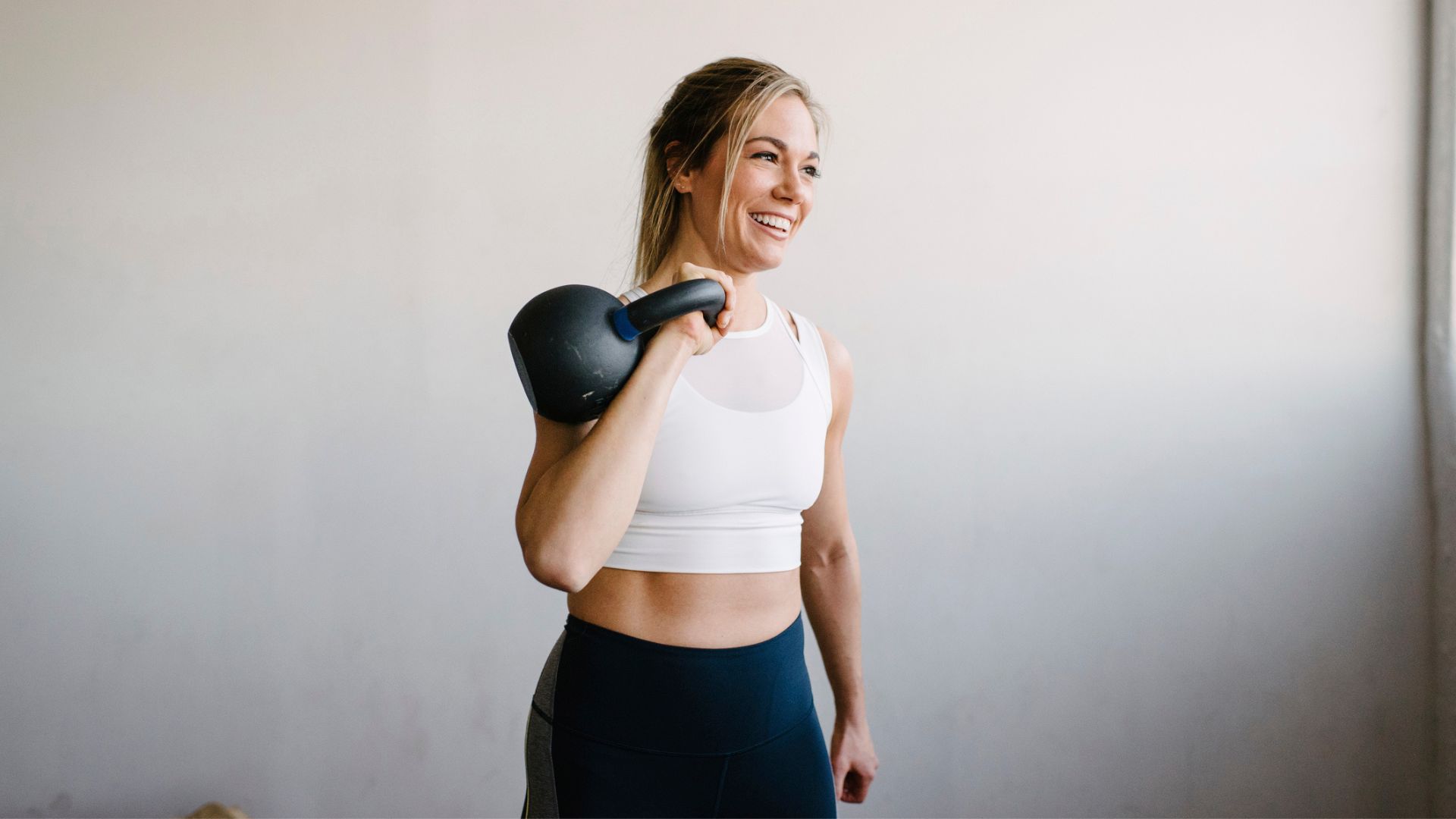
If you're strength training, you should have no more than seven exercises in your workout. This works out to about 21 sets (3 sets of each exercise), which is more than enough to do in one session. Any more than this and you could risk fatigue beyond what's needed, potentially leading to injury or an extended recovery period.
This is certainly the case if you're doing between eight to 12 reps of an exercise - the number recommended to many people who want to improve their body composition and general fitness with resistance training. In total, that's 252 movements!
Focus on compound movements
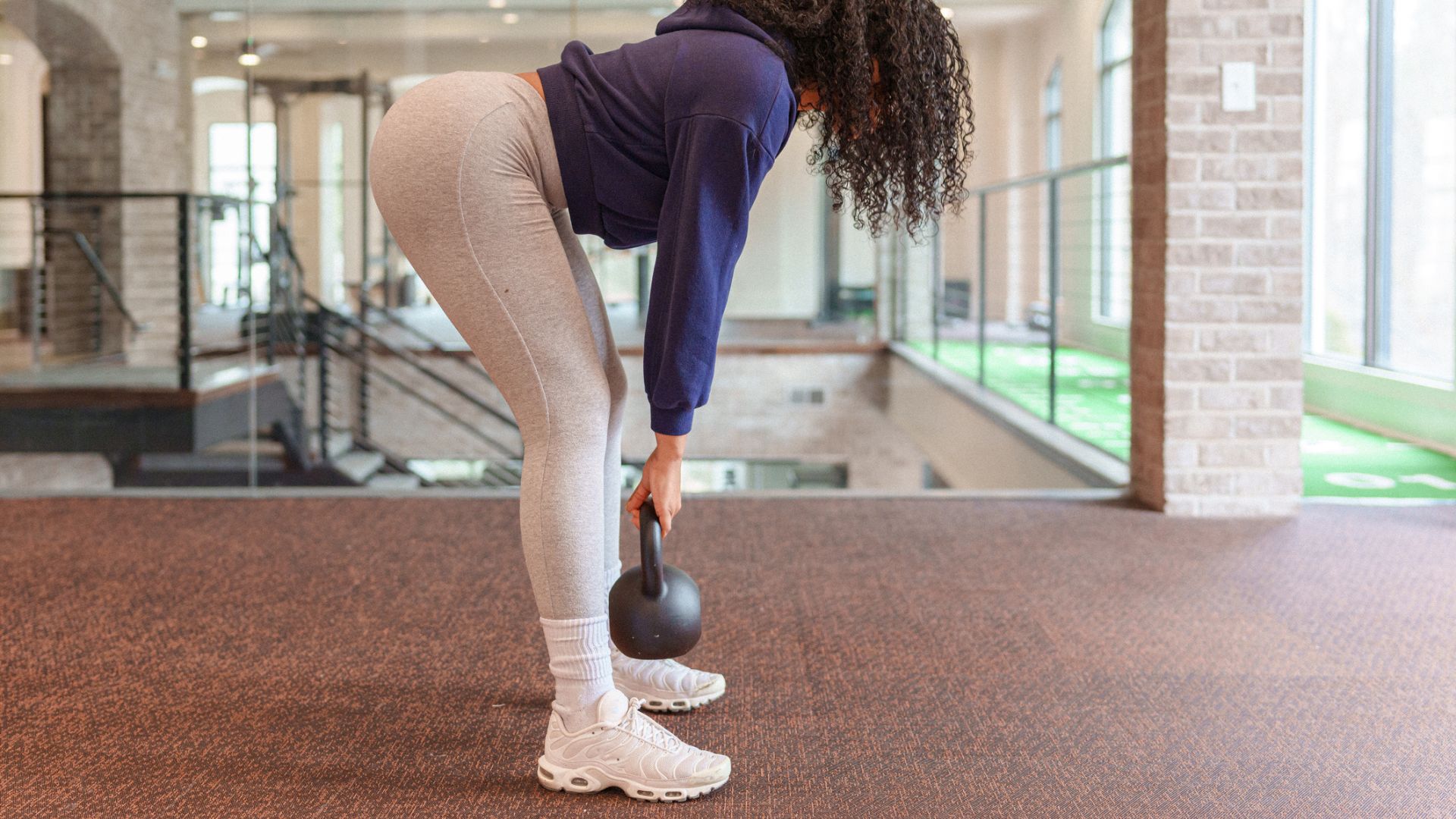
The base to any strength training routine, whether you're doing it in the gym or at home on a yoga mat with your pick of the best dumbbells, should be compound exercises. These are exercises that work multiple muscles at once.
For example, the squat is a compound exercise that targets your back, quads (thighs), hamstrings (back of the thigh), glutes (bottom), calves, and helps develop balance and coordination. Core exercises, such as the plank, also count as compound exercises.
These exercises improve your strength by working multiple muscles at once and aid healthy ageing by replicating daily movements like sitting down and standing without using your arms, but they are also excellent time savers.
Incorporate single muscle work
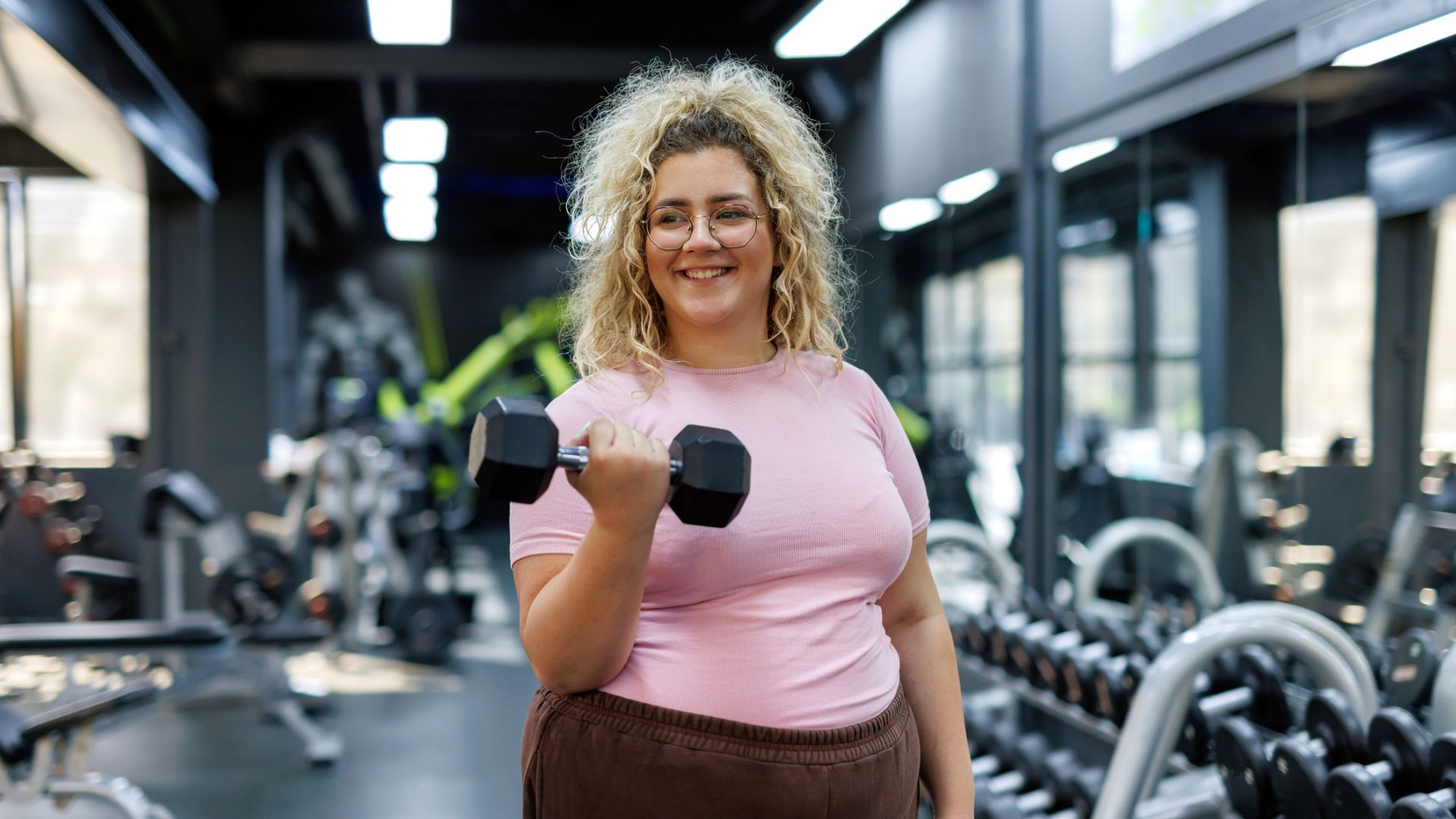
As important as compound movements (exercises that work multiple muscles at once, such as the deadlift or squat) are, it's also essential to include some single muscle work in your routine. This includes exercises like bicep curls, single leg lunges, pull downs, and any other lift that targets one muscle at a time.
These movements are useful for building up strength in a particular area - such as the arms, back, legs, and back.
Diversify your cardio
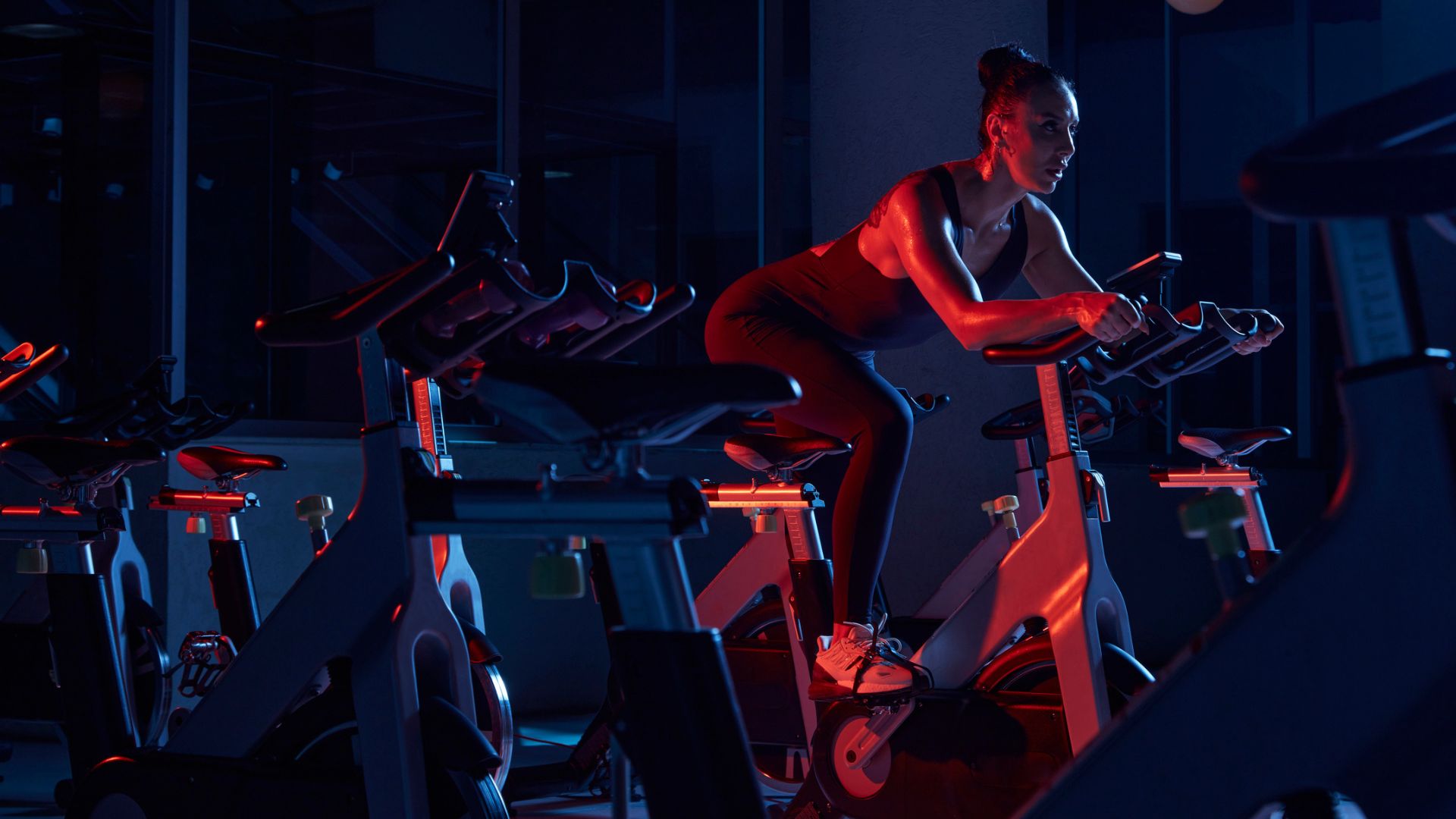
If you're used to jumping on the treadmill for your cardio workout, it's going to be easier to stay in that routine. However, diversifying your routine with some sessions on the stationary bike, Stairmaster, or rowing machine can do wonders for your fitness and motivation.
You'll still reap the benefits of your cardio workout but your body will get a shake up from the routine, pushing it to adapt in new ways. For example, the rowing machine actively works more of the back muscles in movement than the treadmill.
Track your progress
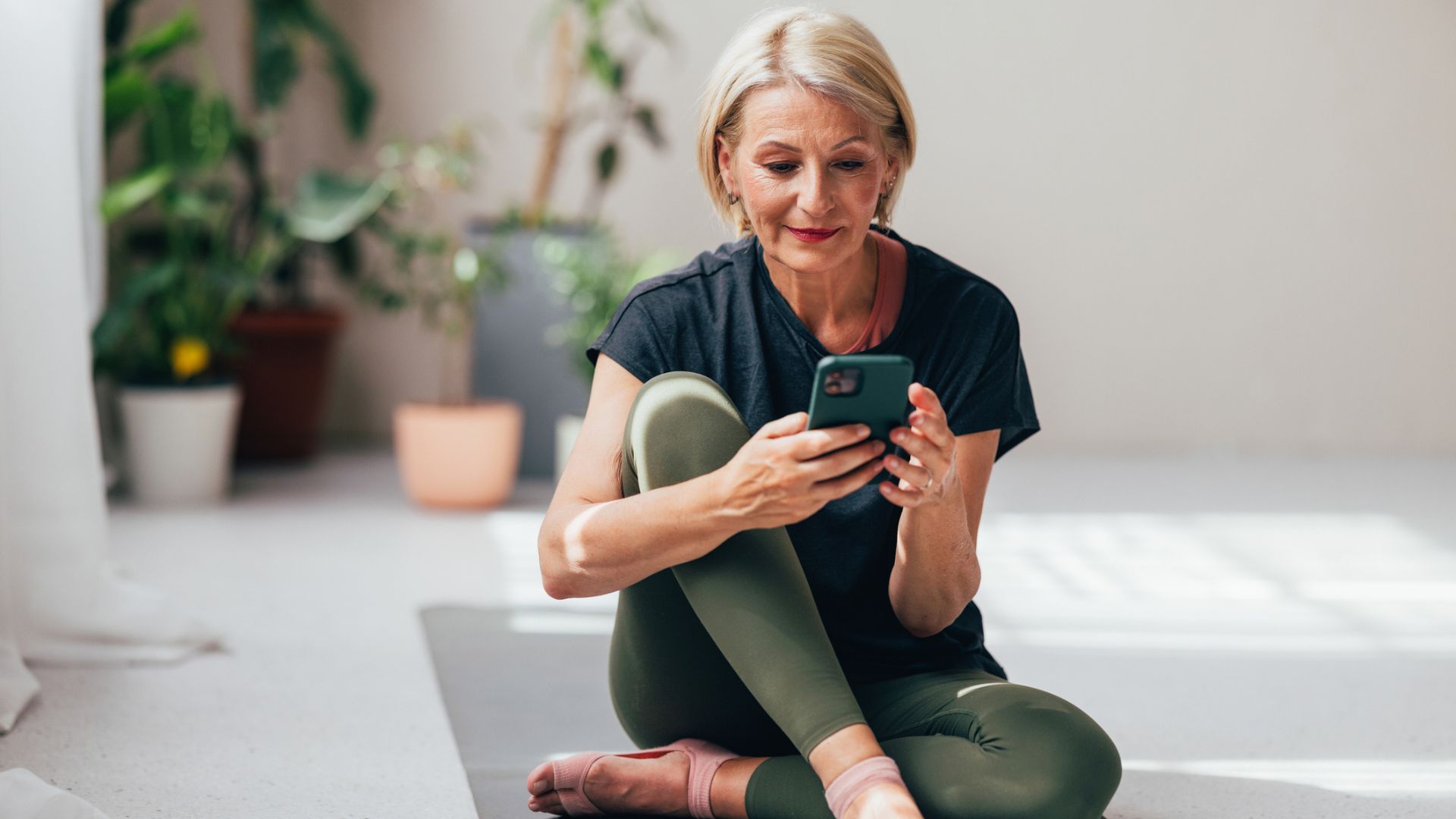
Tracking your fitness progress, whether via a fitness app or with a pen and paper, can make all the difference to your motivation levels and potentially your progress. A fitness tracker, like a Fitbit or Garmin device, can also be a useful tool for this.
Not only will you be able to see how far you've come in recent weeks, but should you not have made as much progress as you thought you might, it'll offer a clear sign you need to change something in your routine.
Focus on form above weight
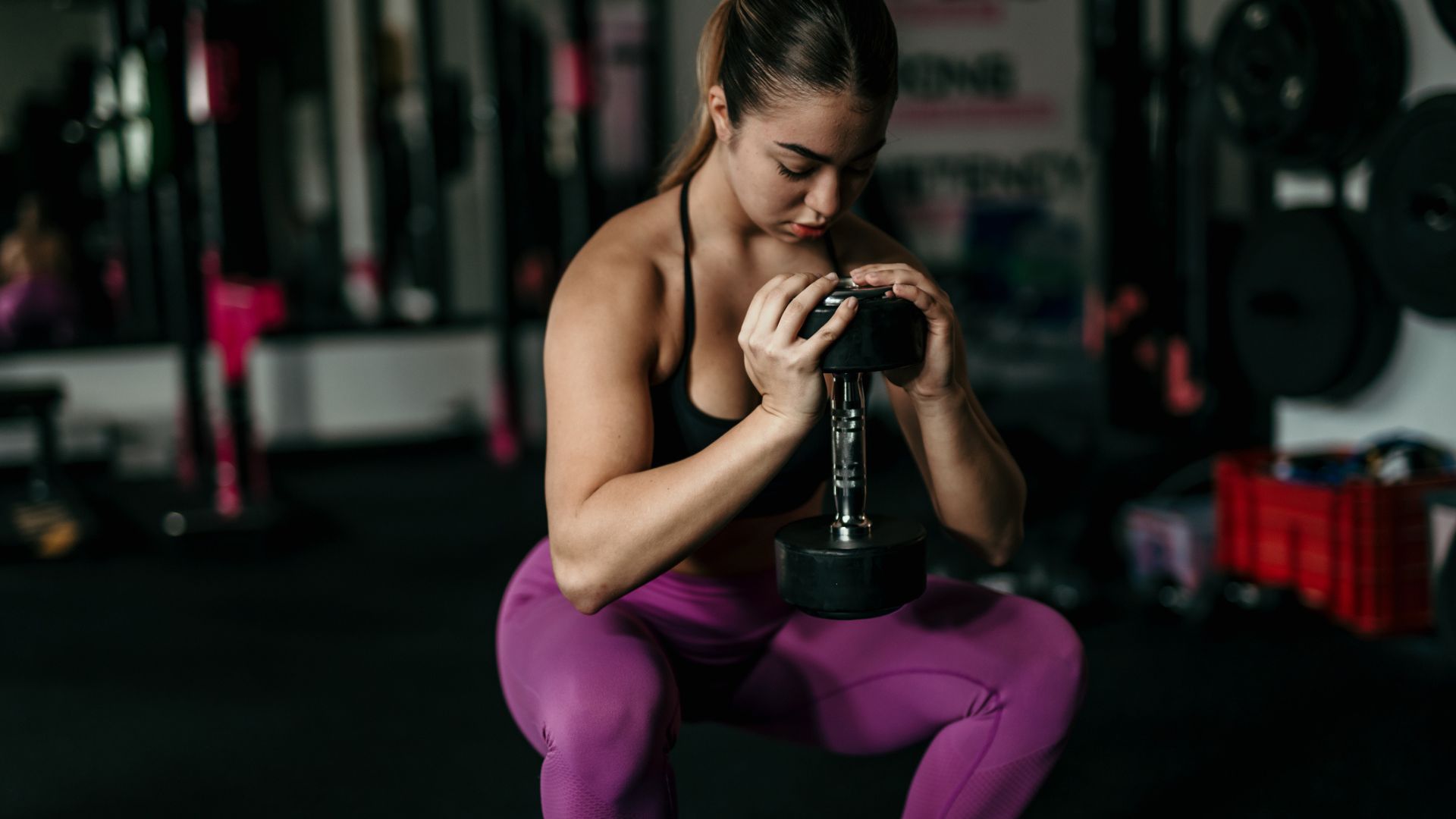
It's important to focus on your form (i.e. how your body performs the movement) more so than anything else. The right form for many exercises requires a straight back (or nearly straight), core pulled in tight, shoulders back and down, with shoulder blades together. However, consult a personal trainer or coach at your gym if you're unsure of the right form for a specific exercise.
Without the correct form, you're likely to risk injury, taking you away from the gym and disrupting your shot at consistency.
While you need to increase the weight you're using to achieve progressive overload, avoid doing this to the detriment of your form. If you can increase the weight while maintaining the correct form, then it's the right time to make things harder. Otherwise, work on your form first.
Make the most of support accessories
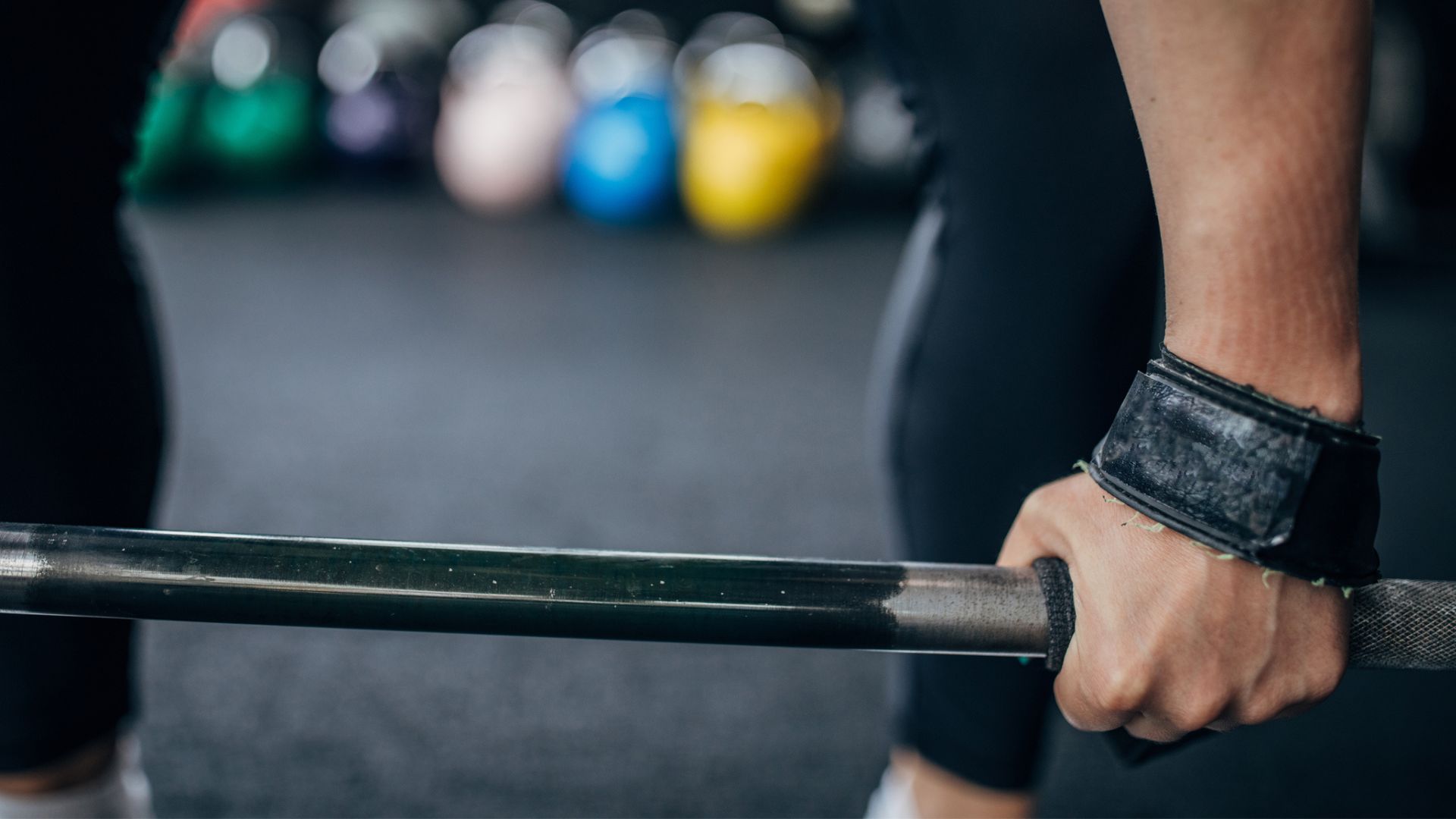
In a perfect world, you wouldn't need any accessories to complete your strength training workout - and many people don't. However, the strength of your arms and wrists, and general grip strength, is always going to be less than the strength of your legs. This is where support accessories, such as lifting straps and wrist supports, can come in very useful.
Having these for heavy dumbbell exercises and barbell deadlifts can help you get the most from the exercise as you'll be able to lift the weight that challenges your legs - rather than the one that challenges your grip strength.
Eat to fuel your progress
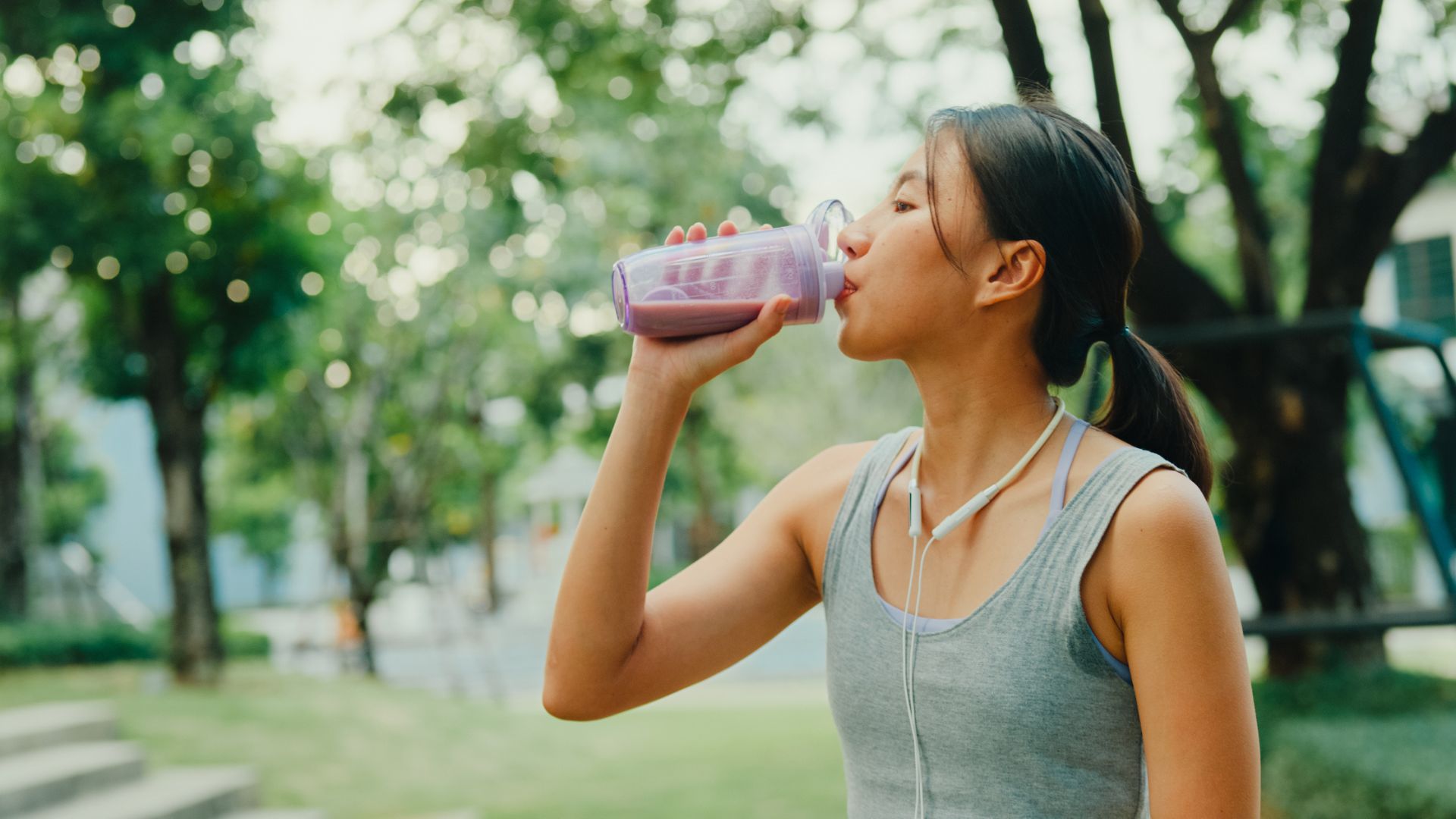
Eating before and after your gym sessions is very important - but your eating habits may need to change if you're planning on going to the gym two or three times a week. Overall, you're going to be hungrier - potentially a lot hungrier. Stocking up your cupboards with plenty of foods rich in fibre, protein, and complex carbohydrates will help with this.
You're also going to need more protein. When you lift weights that challenge your current strength levels, tiny tears form in the muscle fibres and break them down. With enough rest and repair, in the form of sleep and protein-rich foods, they can rebuild and come back stronger.
Add electrolytes to your water

Electrolytes include minerals like potassium, magnesium, sodium, calcium, and phosphate. These are naturally occurring in the body, produced from the food we eat and water we drink.
However, they are also lost in sweat. If you sweat a lot when you go to the gym, you may be lacking electrolytes in the hours afterwards. This can leave you feeling tired, lethargic, and with a headache.
You can buy electrolyte tablets to quickly restore these in the body or sprinkle some Himalayan rock salt into your water post-workout, as this is a salt type naturally rich in these essential minerals.
Be realistic with your goals
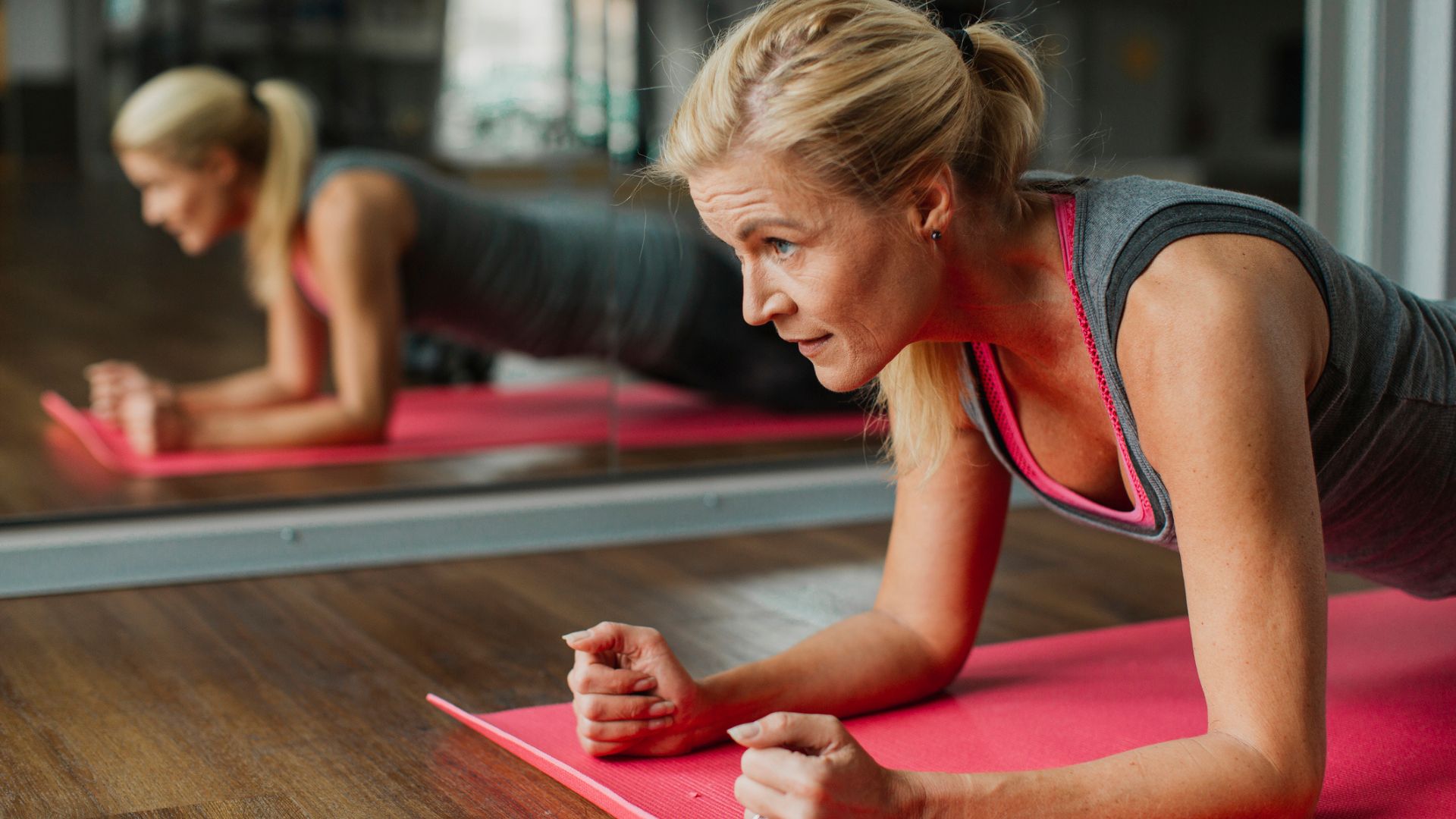
Whether it's a goal to go to the gym a couple of times a week to get into the routine or a specific fitness goal, it's important to keep it realistic. Not doing so can be incredibly demotivating, making you believe your goal isn't possible - or worse, that you're not 'good enough' to achieve it.
What's far more likely to be the case is that the goal is just out of reach and you need to focus on reaching a few more milestones before you get to that point. This is where following a plan or getting the help of a personal trainer can be really useful.
Remember no one is judging you

The 'spotlight effect' is the psychological phenomenon where people tend to believe people are looking at them more than they really are. It's very common - especially in the gym where there tend to be lots of mirrors and people looking around them or straight ahead without particular focus during sets.
People in the gym are much more likely to be looking at themselves in the mirror, checking their appearance or their form with weights, or absentmindedly looking into the distance (which happens to be in your direction) between sets.
Don't compare yourself to others
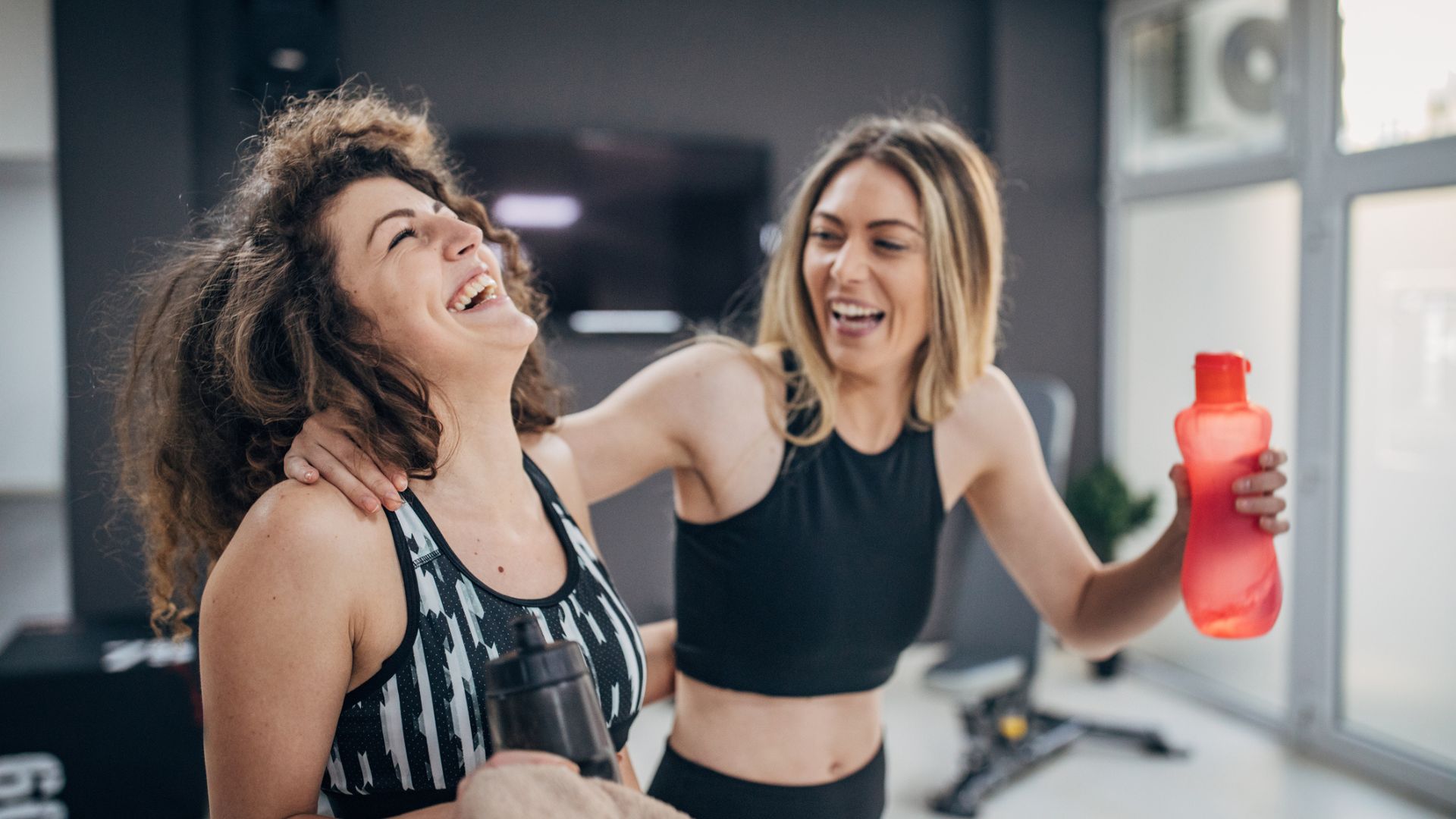
When you get into the gym and find yourself next to someone who looks like you but seems to be so much fitter, stronger, leaner than you, it can be easy to compare yourself to them. We all do it - especially when we're new to the gym.
However, for all you know, they've been regularly going to the gym for a decade to have that level of fitness or physique. As the saying goes, don't compare your day three to someone's day 300.
Push yourself
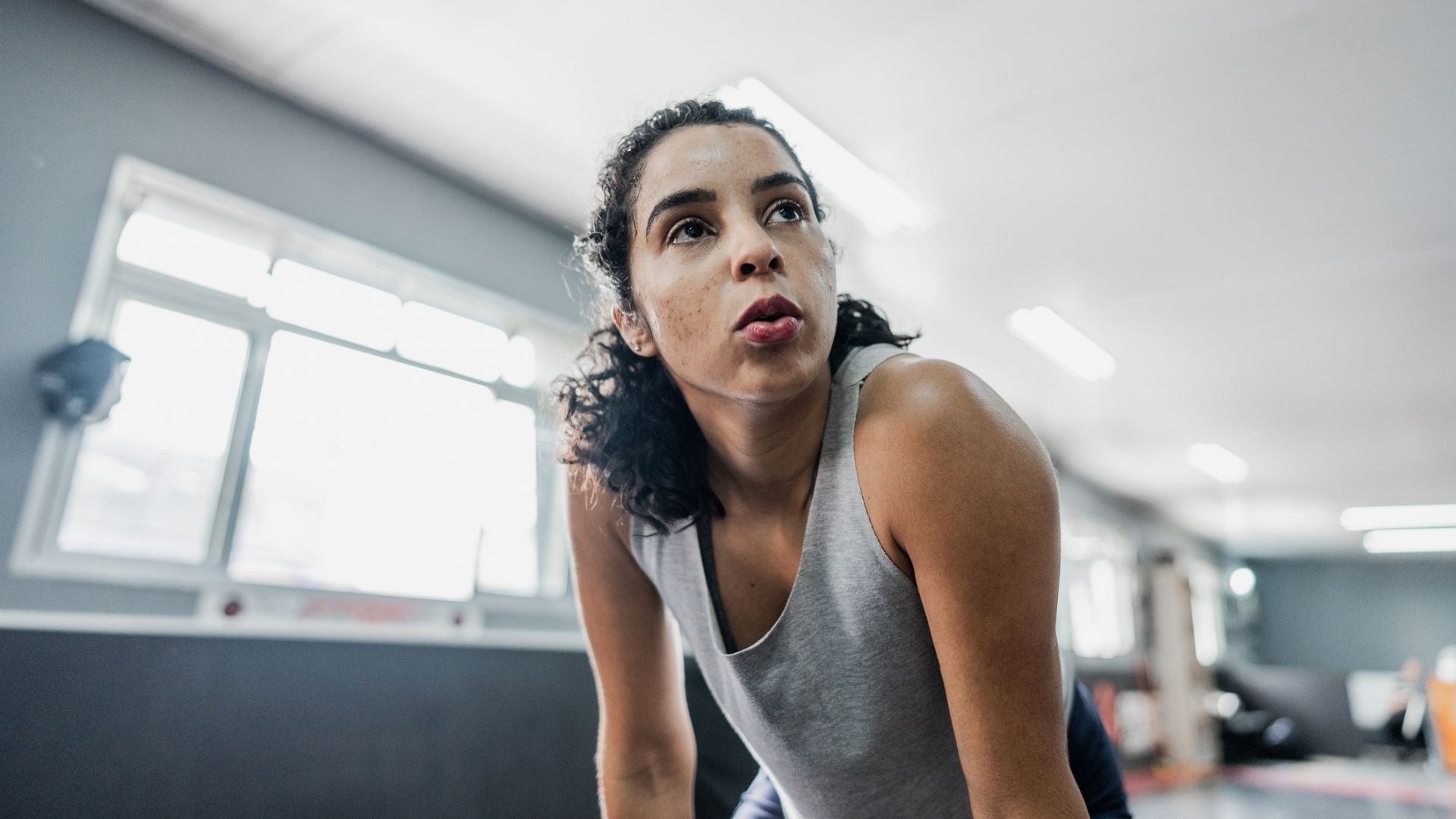
Perhaps the number one tip to getting the most out of the gym is to remember to push yourself. If you're working out by yourself, you might naturally feel more inclined to go easy. But to make progress in fitness, strength, or change your body composition, you have to push your body into a state of discomfort so it can utilise its energy stores, break down the muscle fibres, and repair them.
This is also where having a personal trainer or coach can be beneficial - especially if you're new to the gym and not sure how hard you should be pushing yourself during your workouts.







